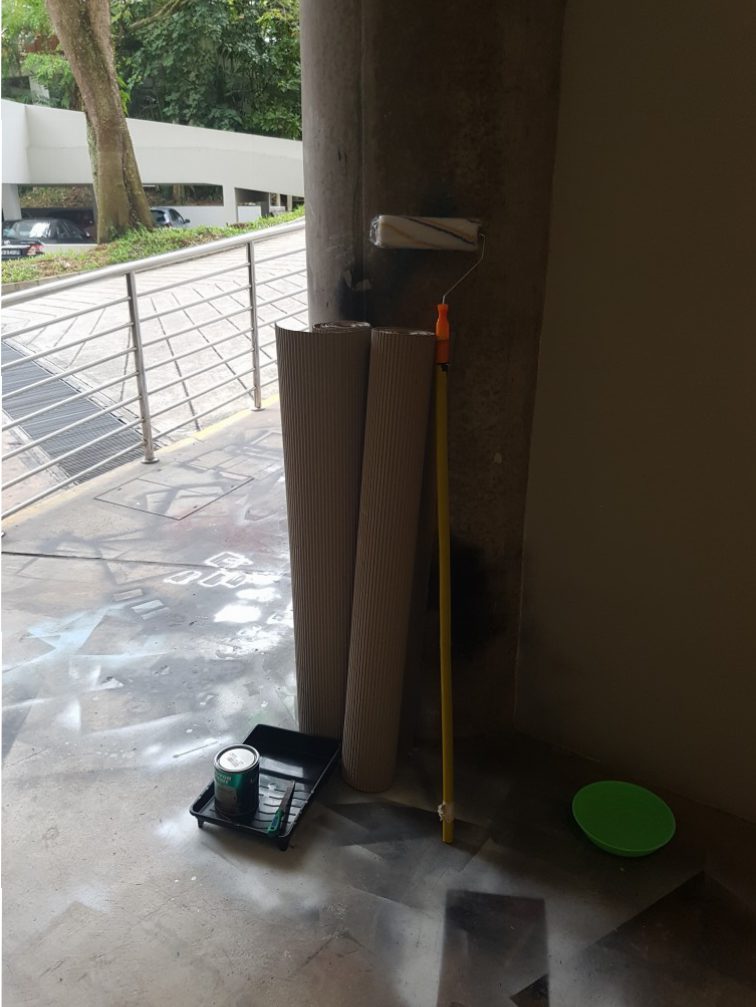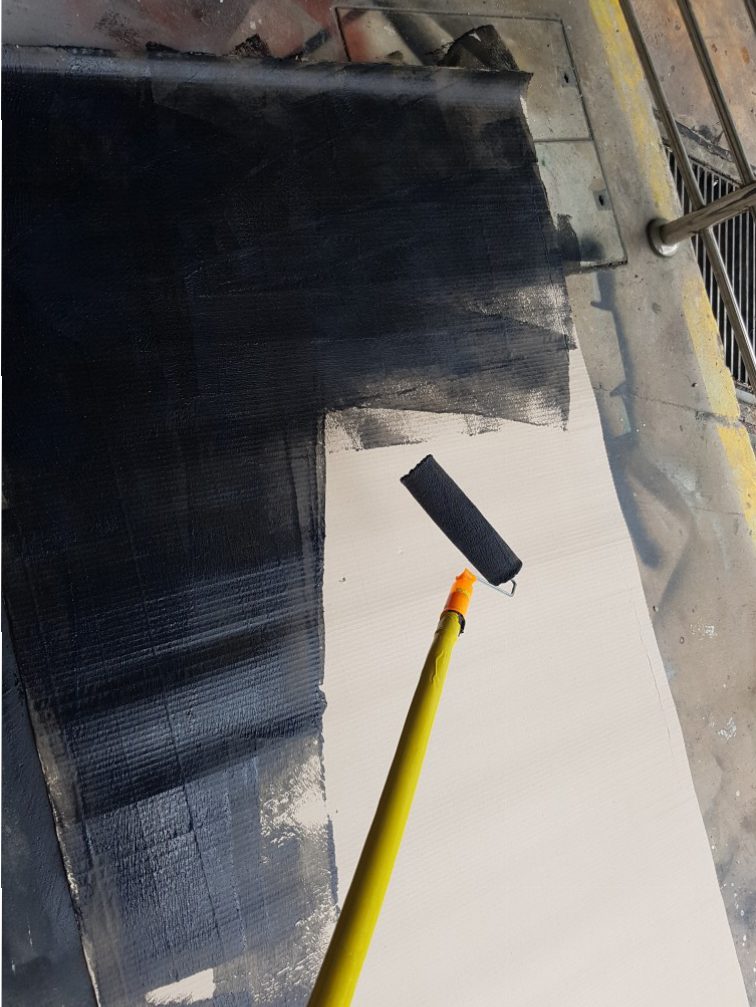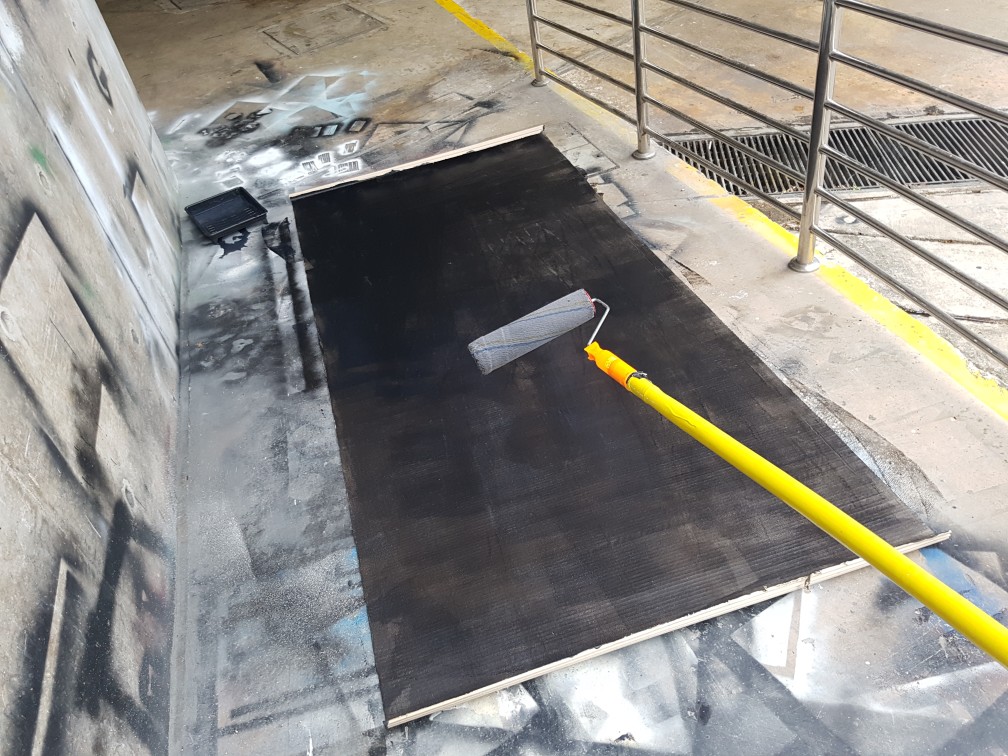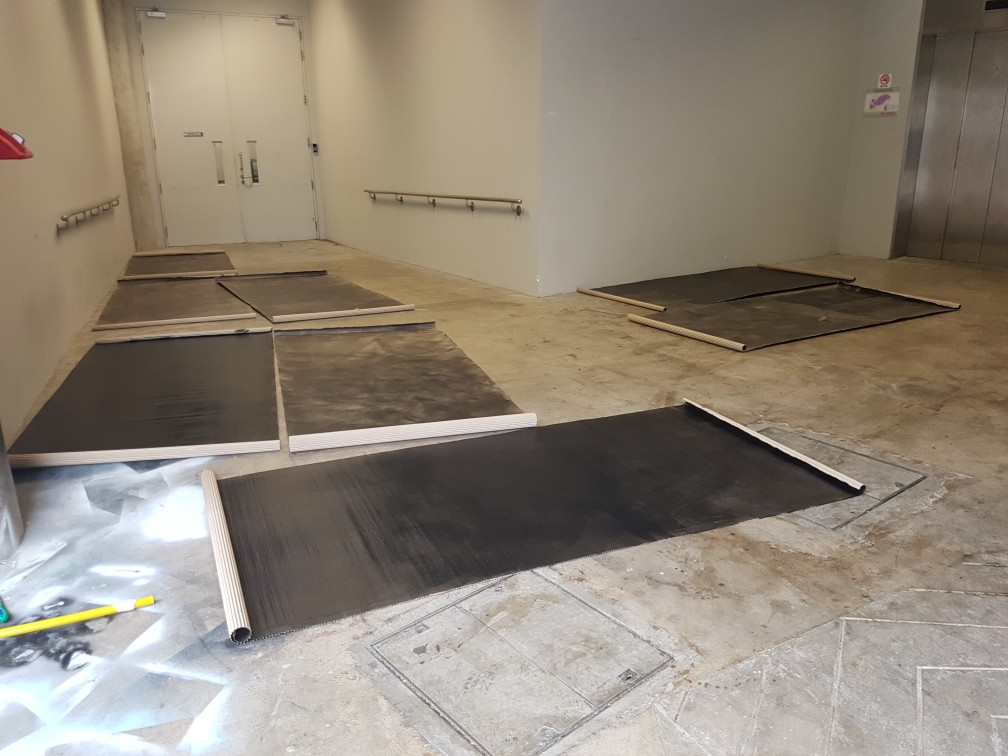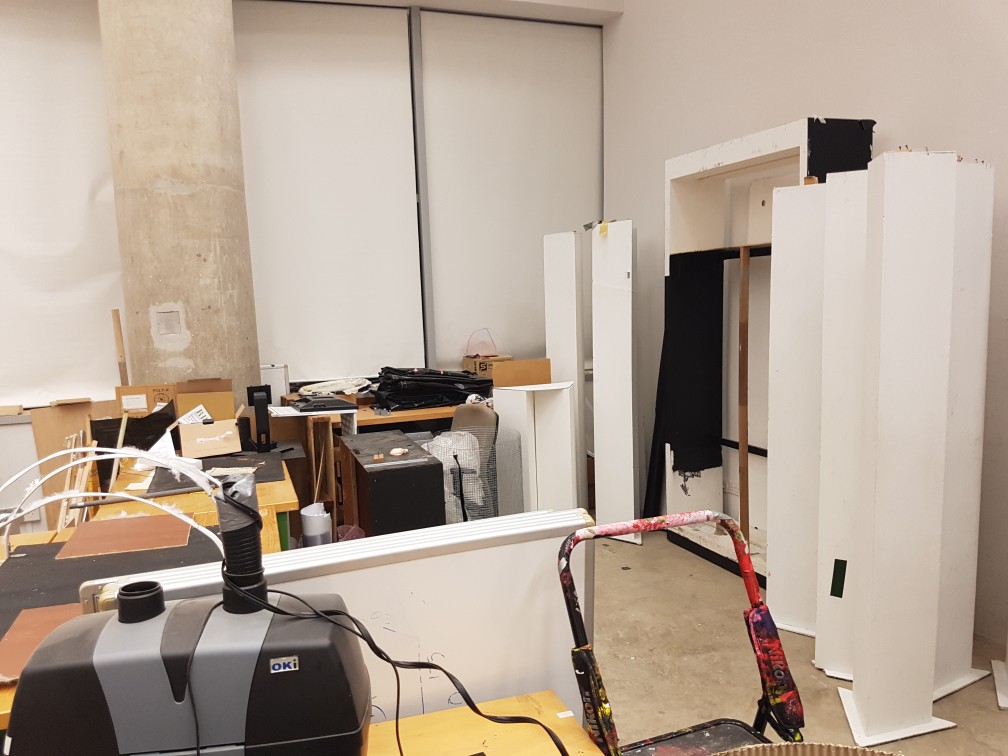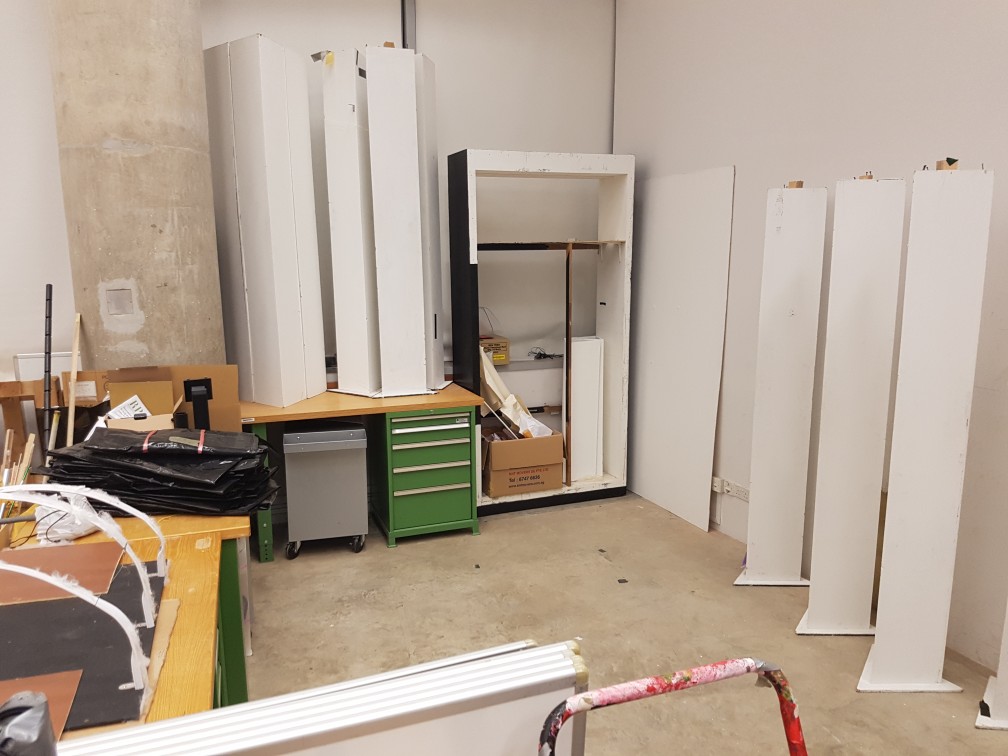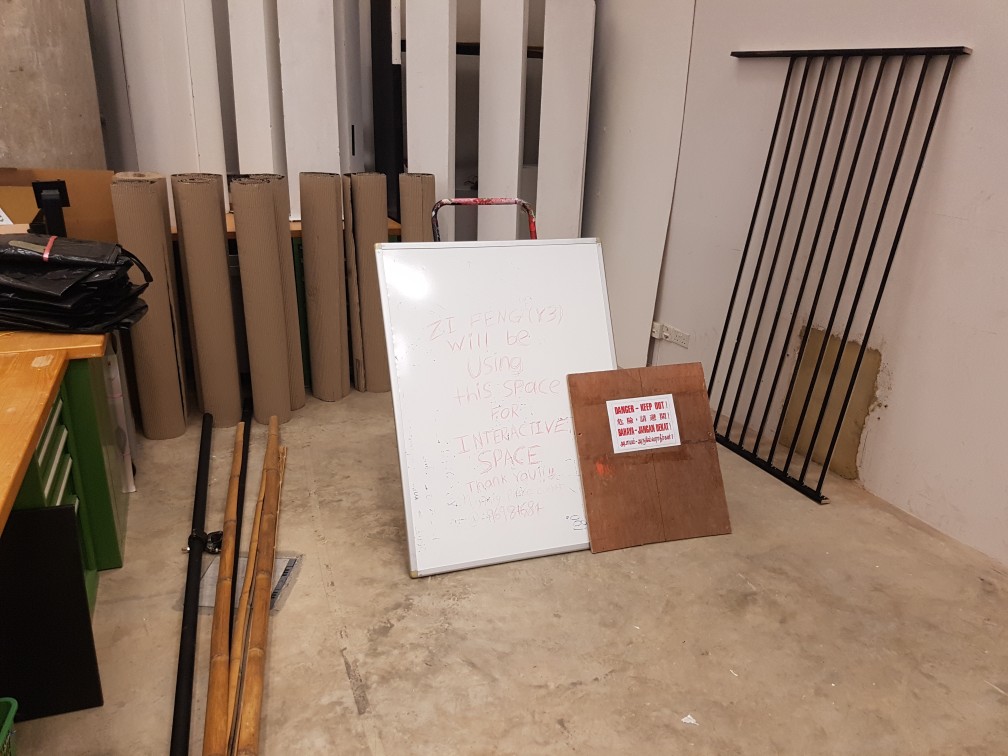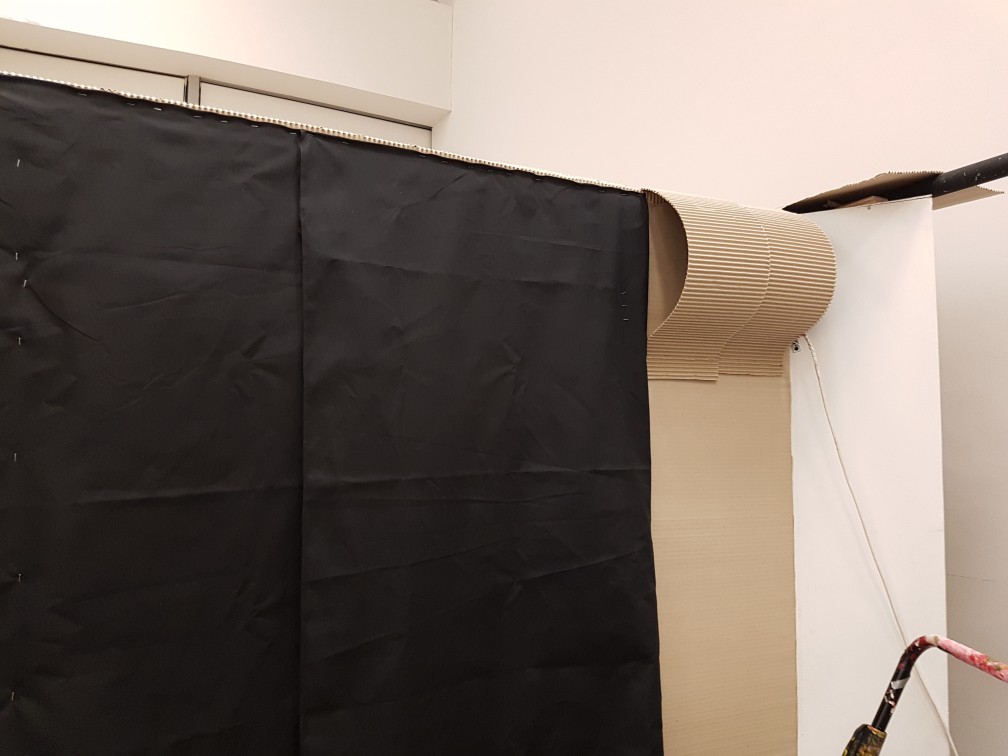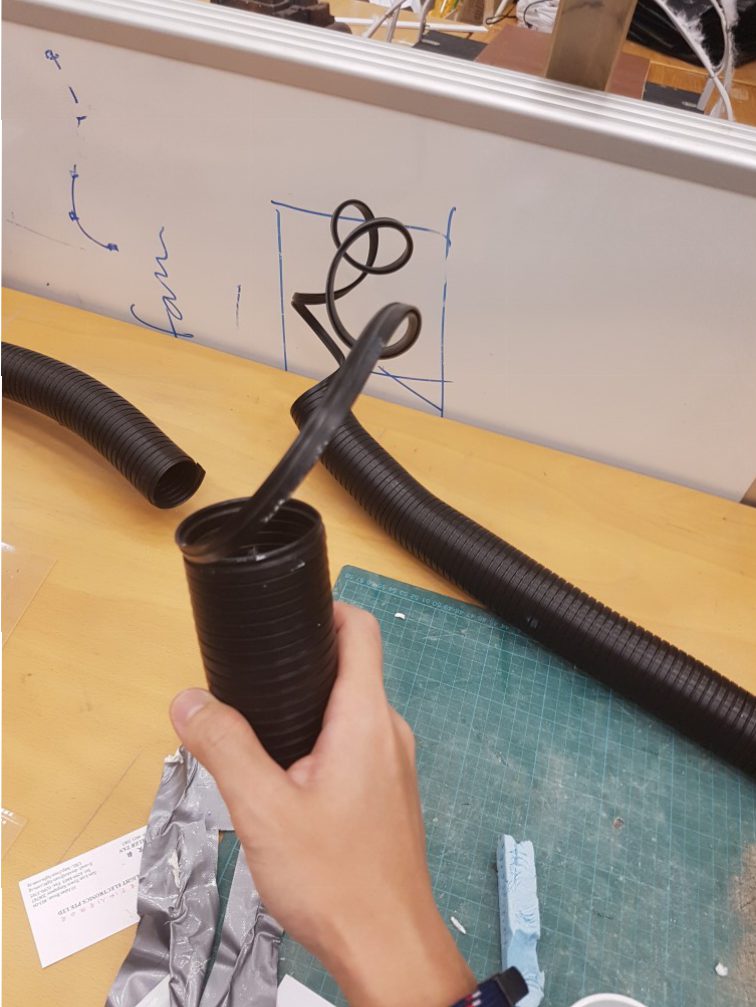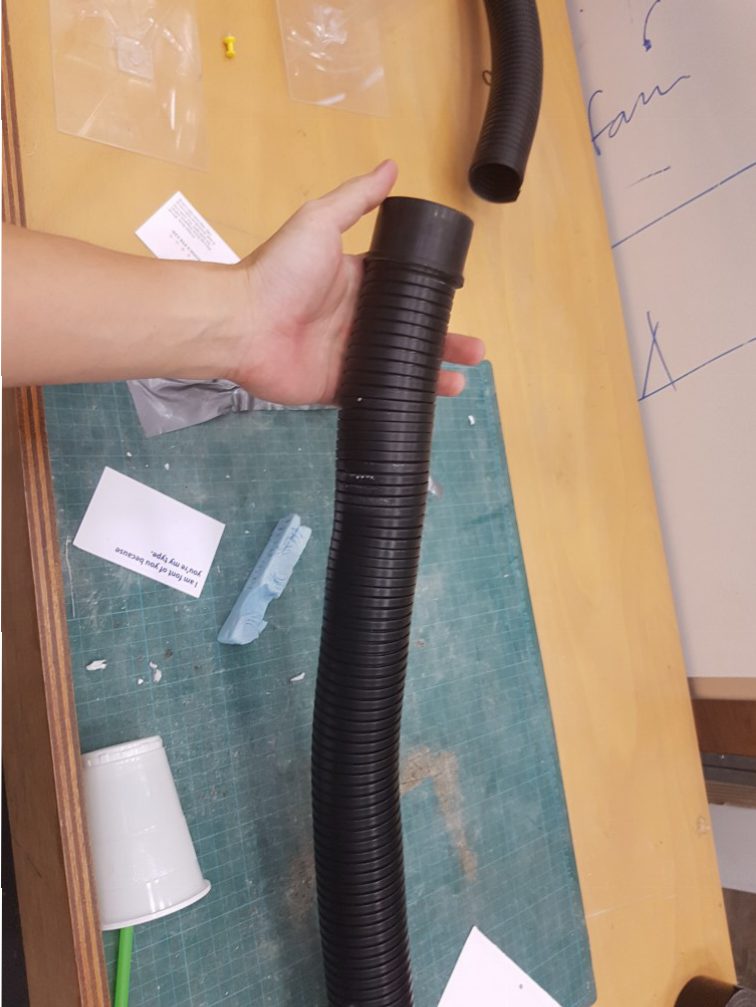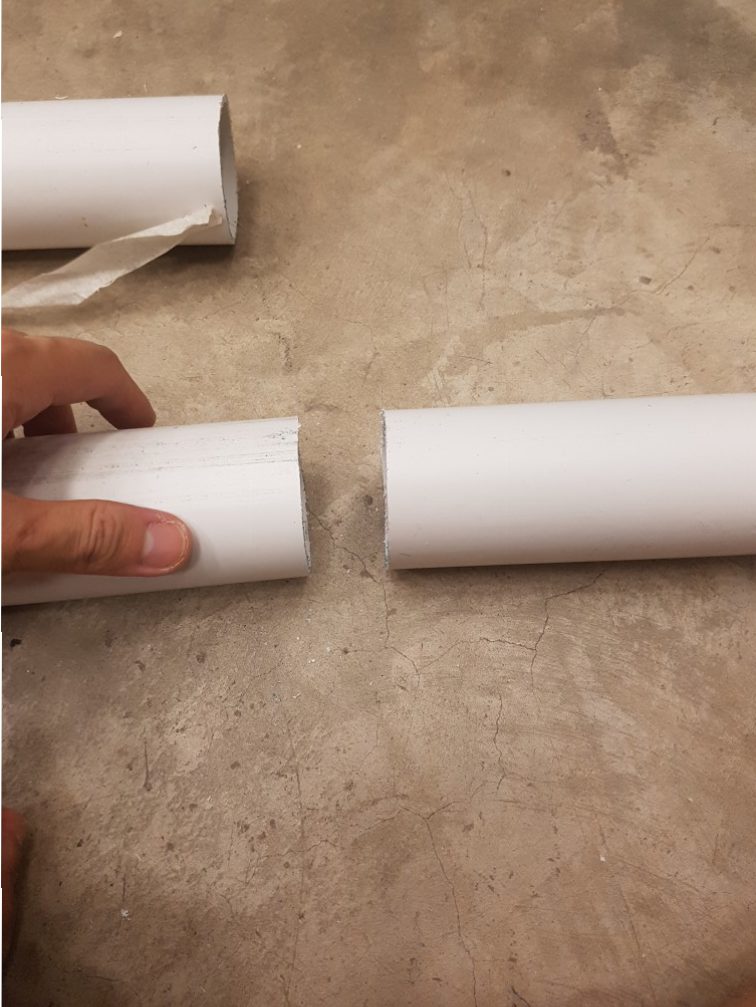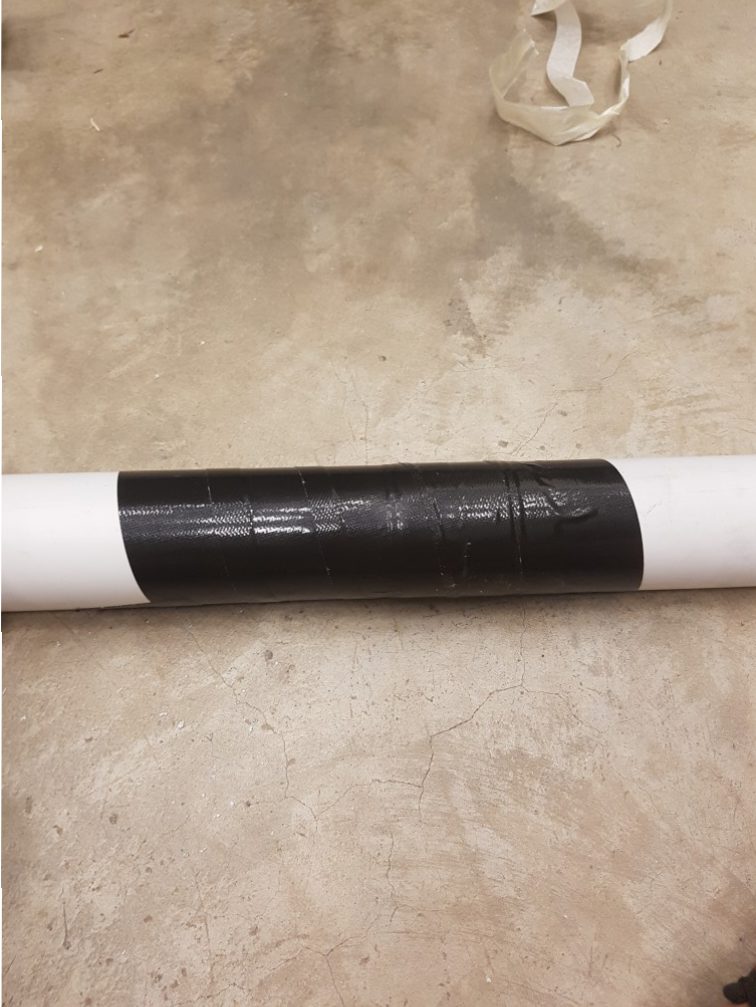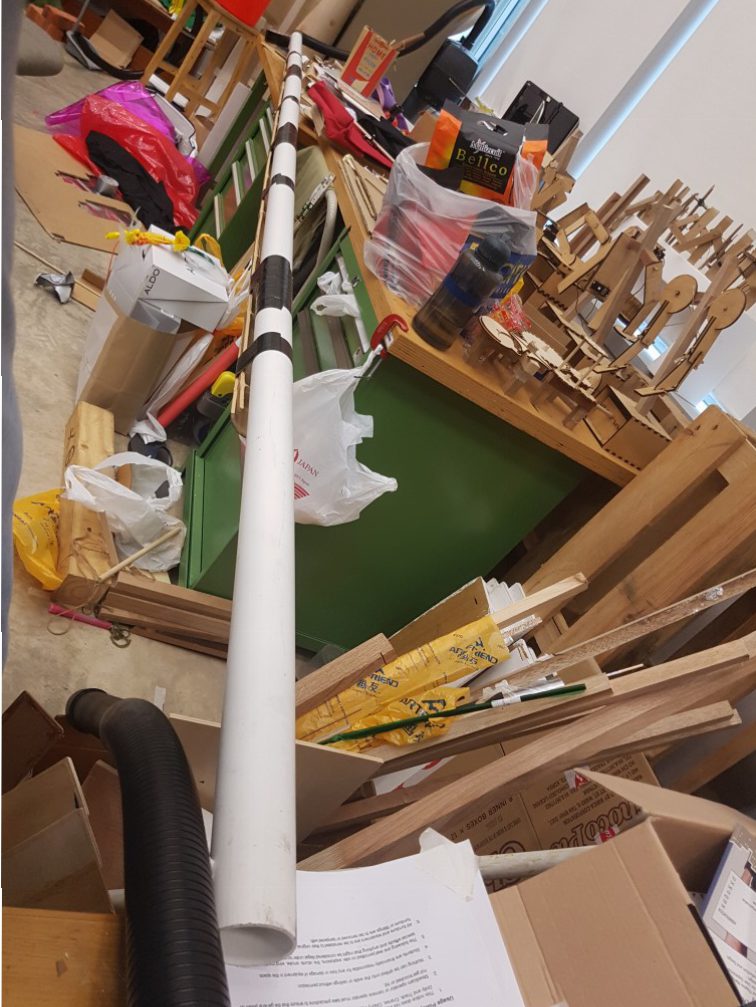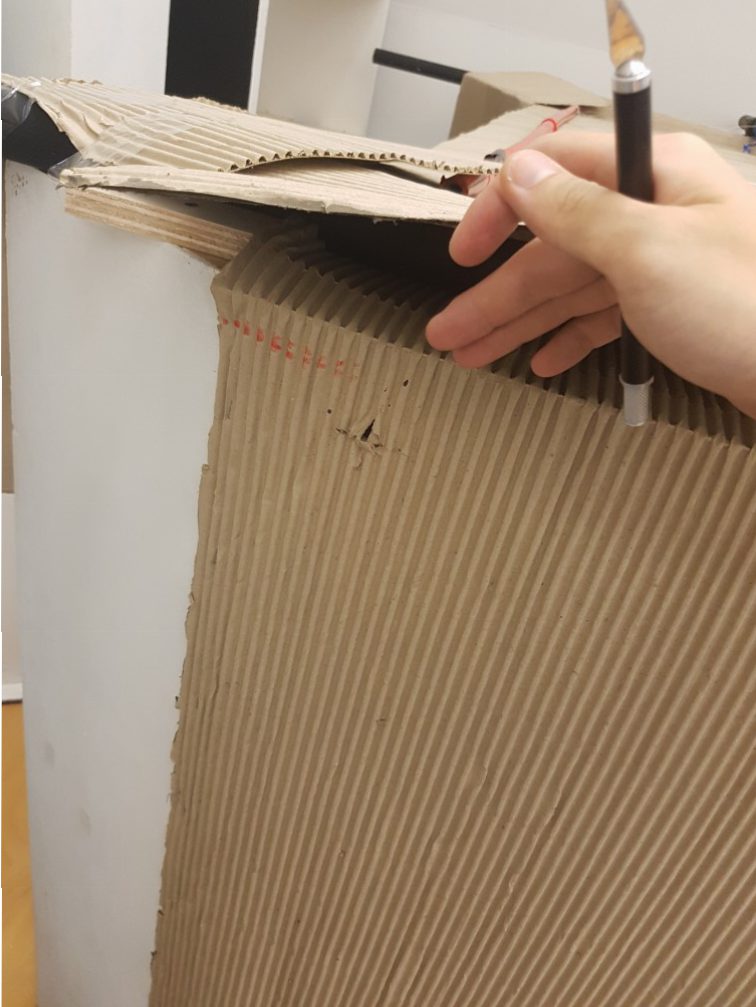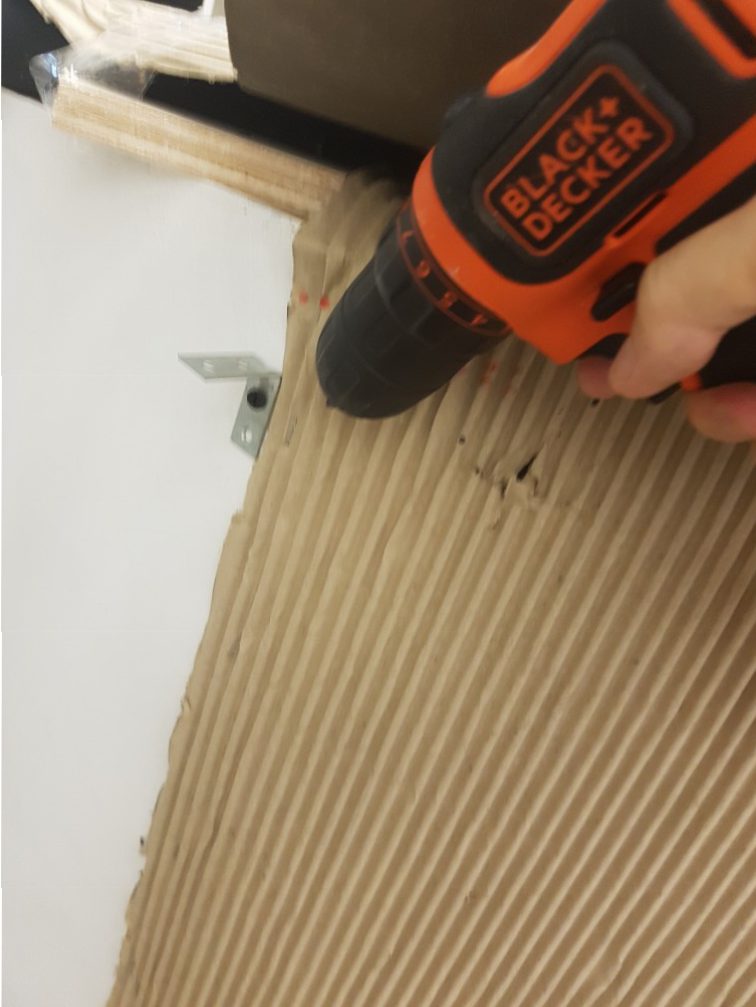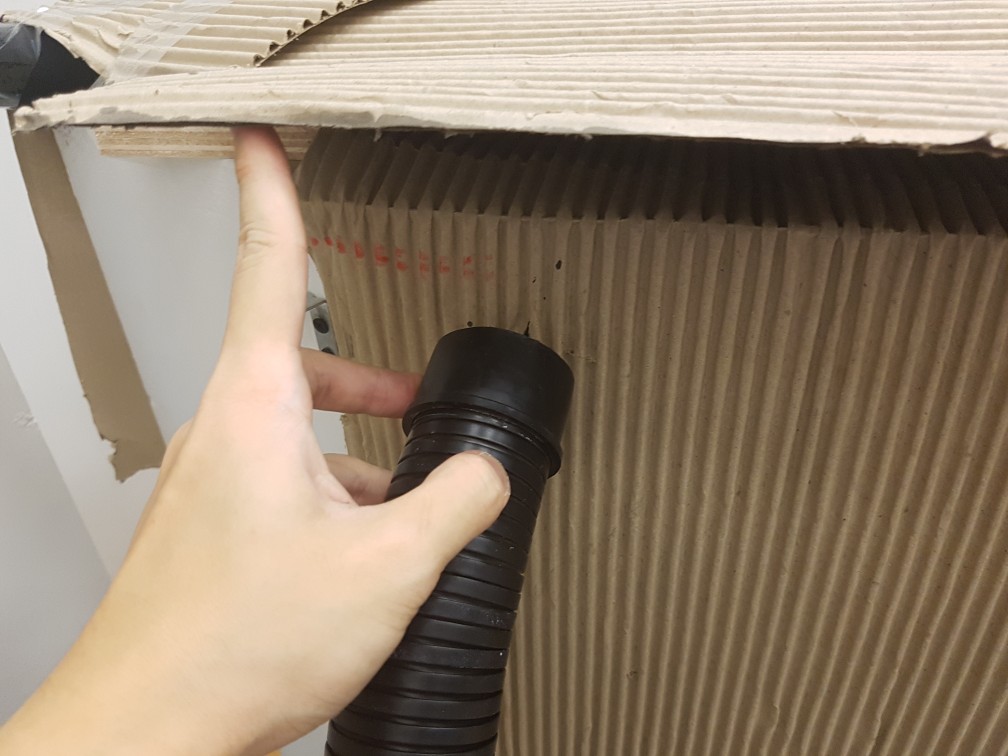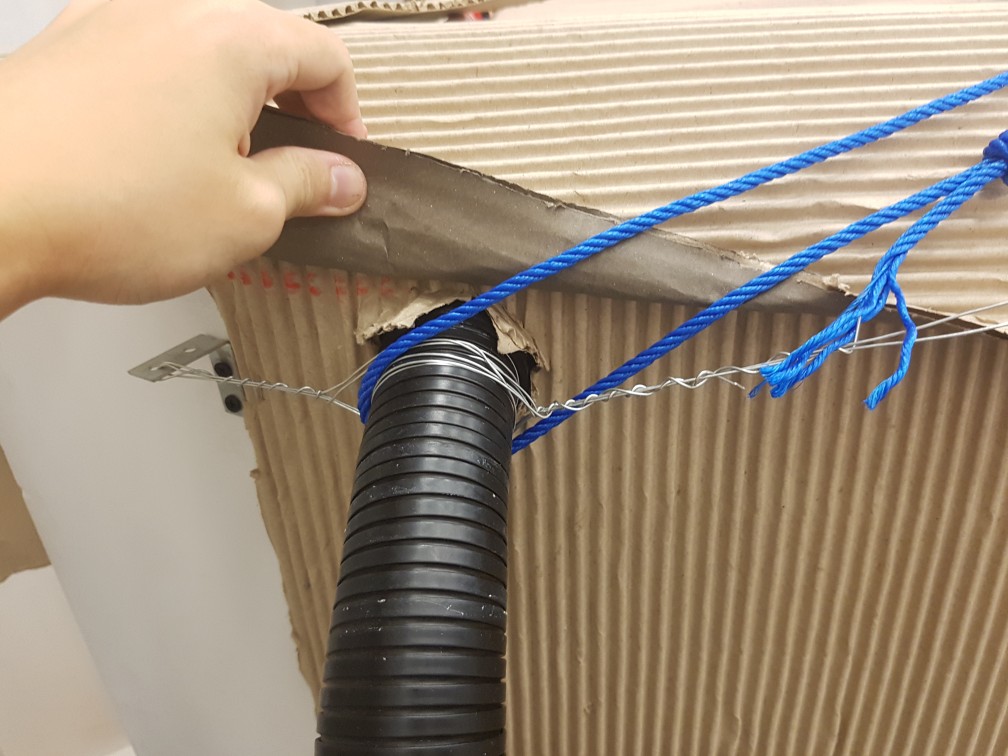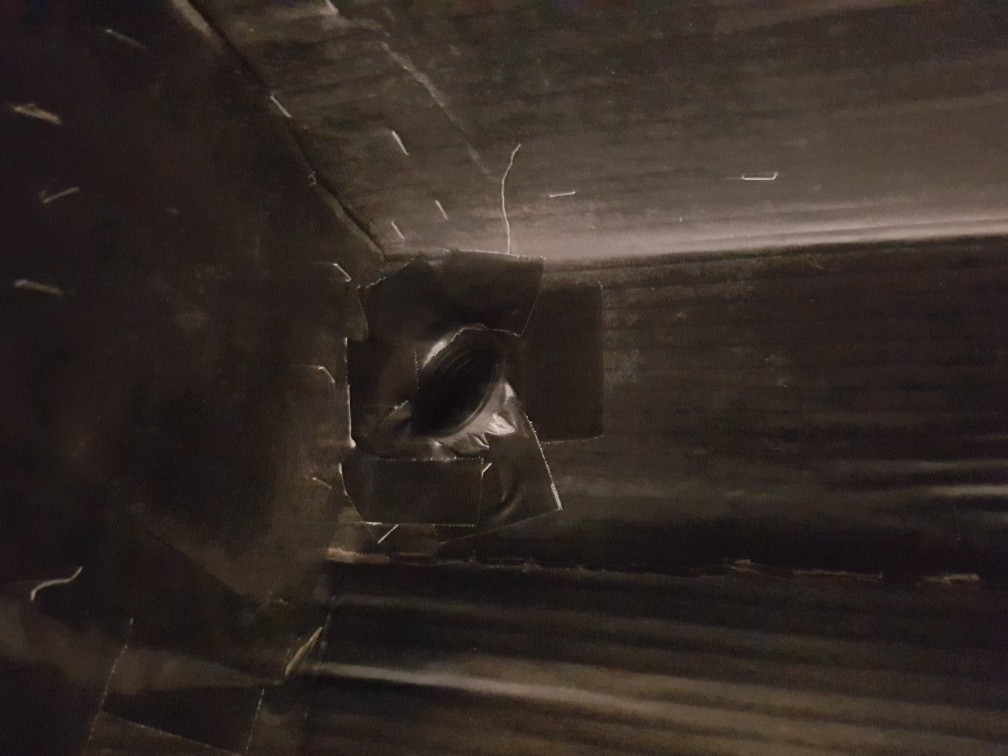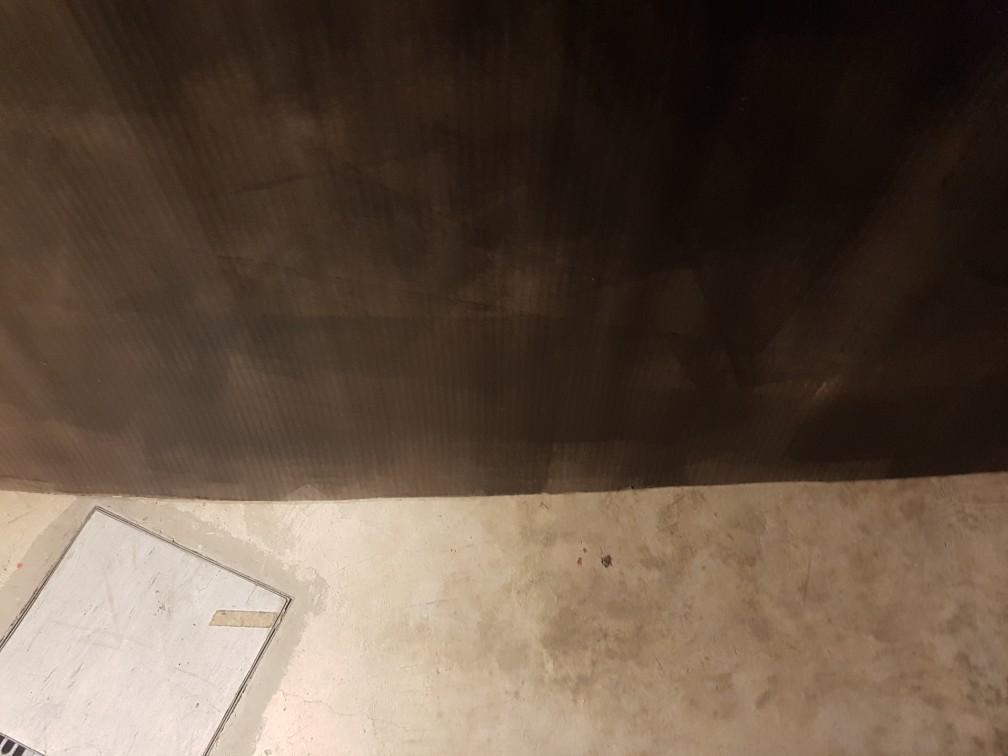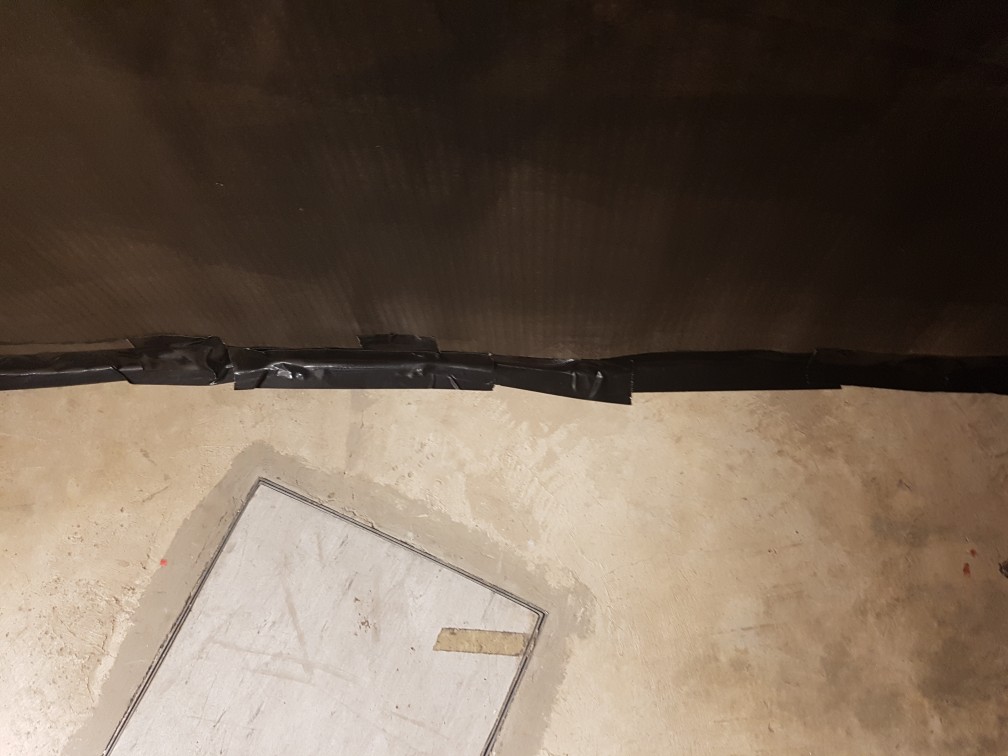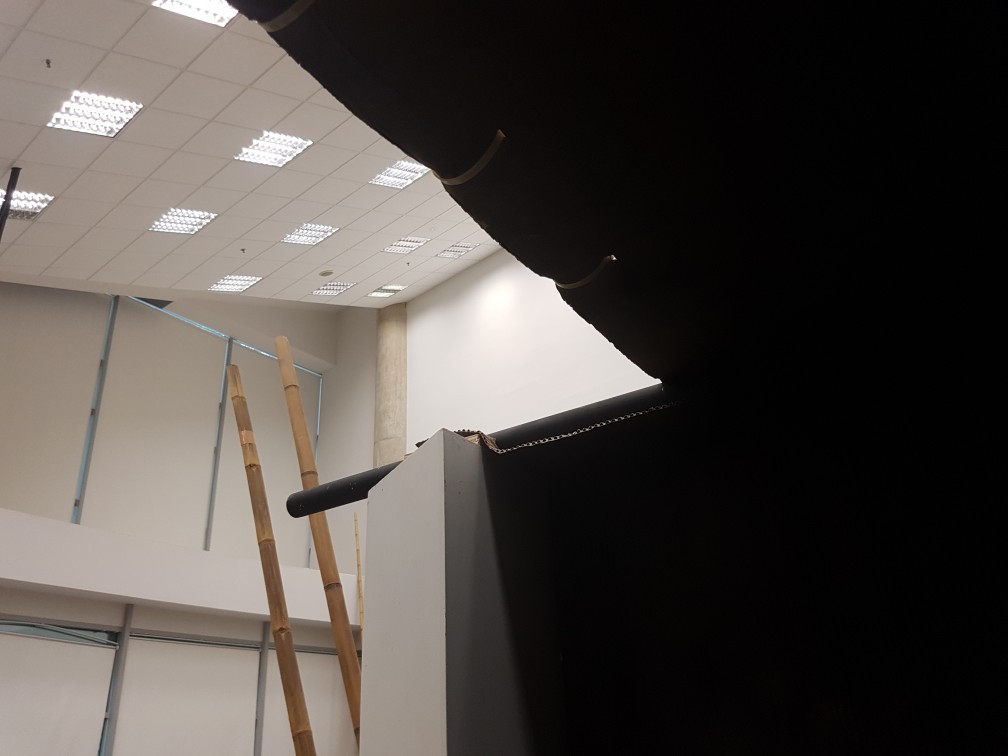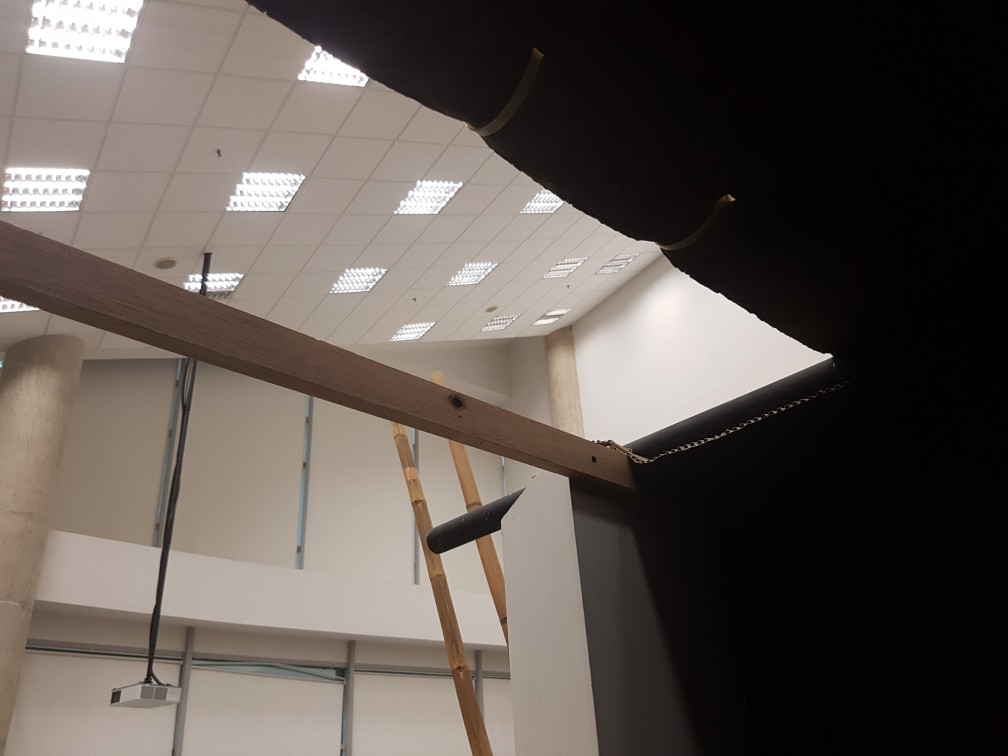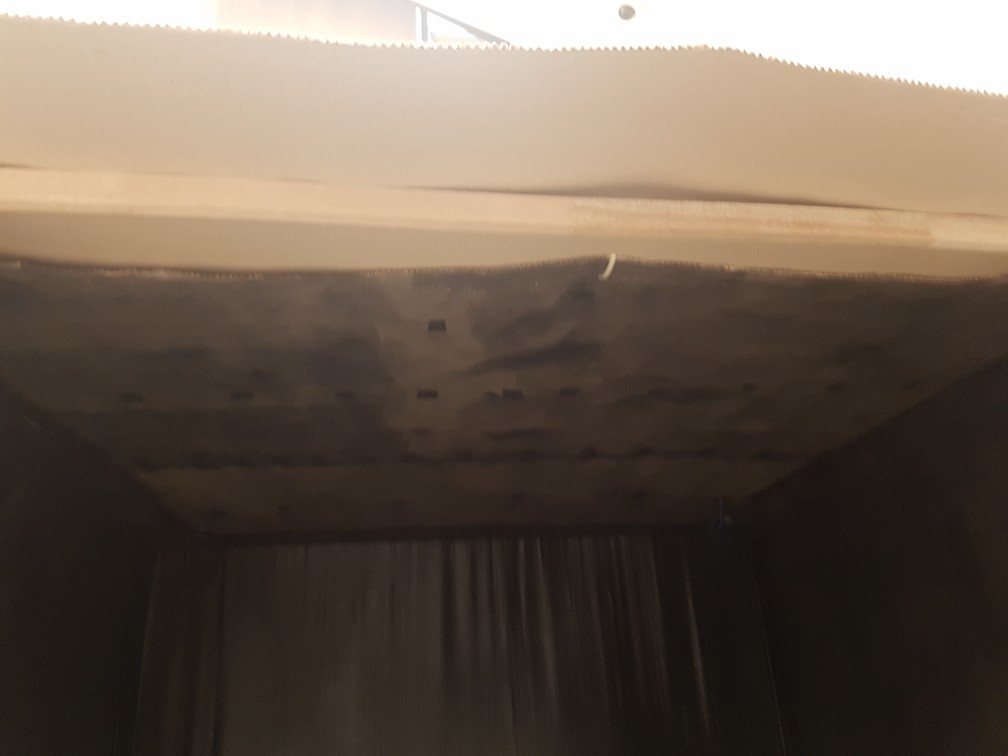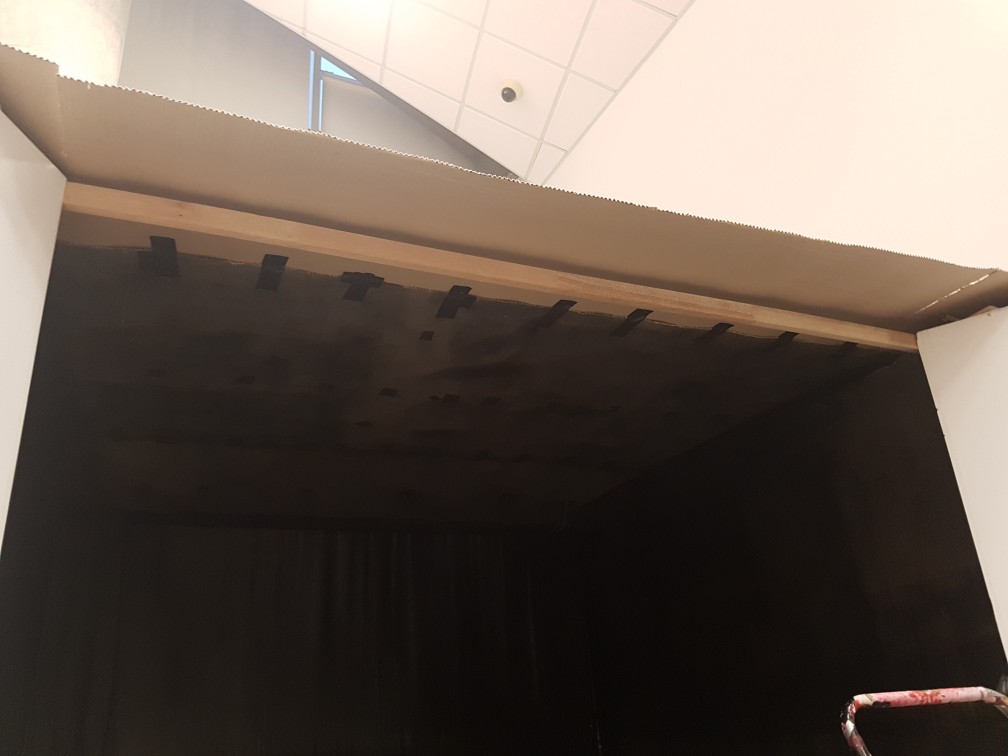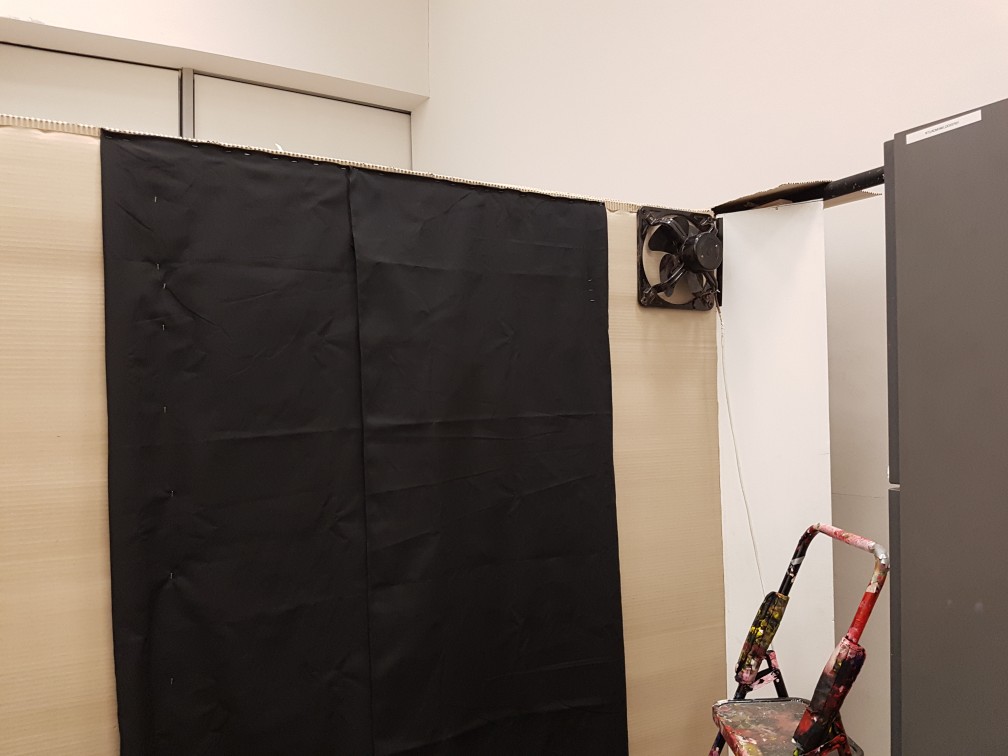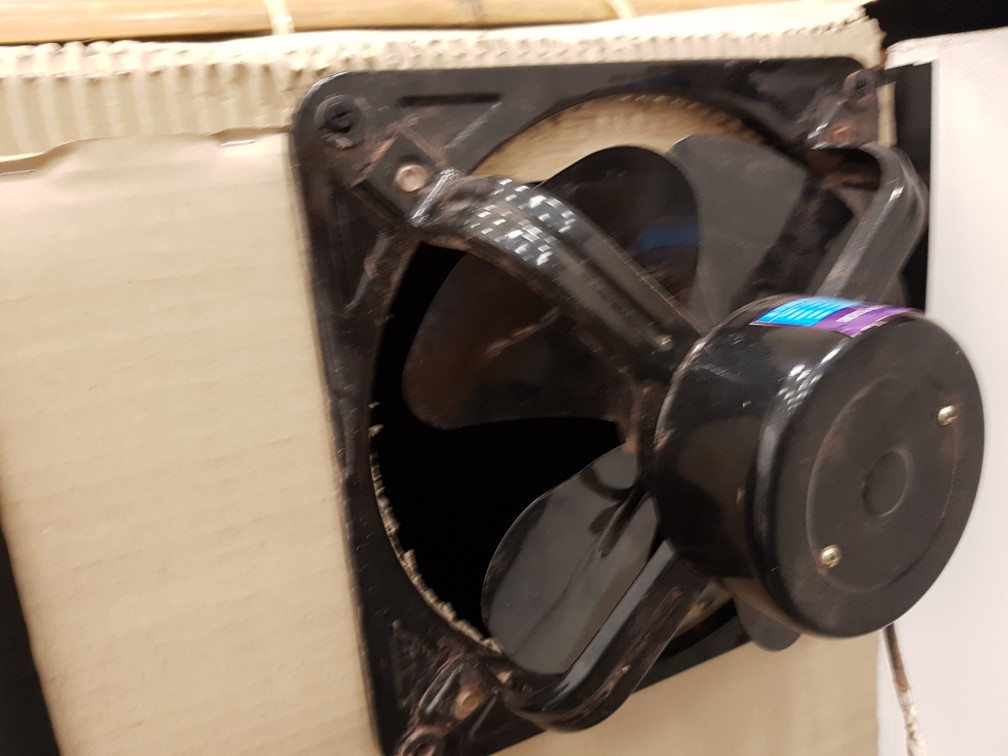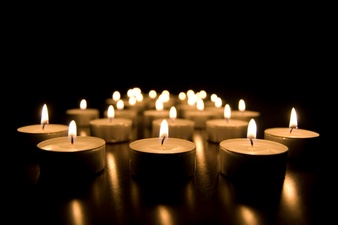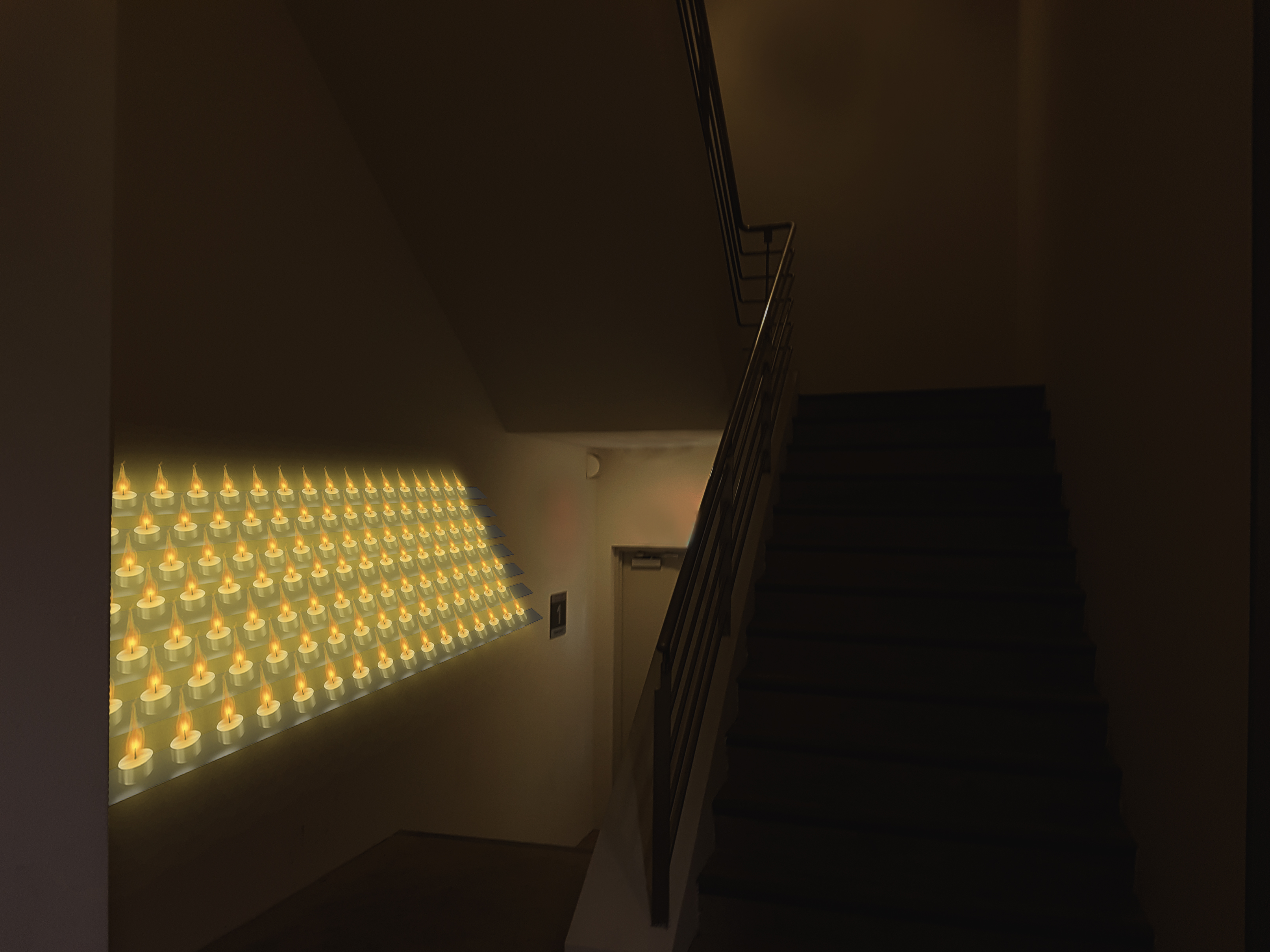The final Video:
During the process of adding digital to the analog version, there were more failure than success done throughout, let me start with these failures (and additional works I did which were not used in the end)
The unused Animations
Right after the completion of the analog version, I thought of making a projection of animation from the back of the candles onto a sheet of translucent paper sticked behind the candle shelf, I tried to learn how to make an animation and so I asked my animation friends what program to use to do a simple animation and they suggested Autodesk Sketchbook, so I downloaded it.
The Circuit that works,(or didn’t)
And then the Fairy light I bought from china arrived! I bought 220V fairylight because they are cheaper, and I did not expect them to be these problematic to deal with due to the dimming issue and also 220V = risky.
The additions to my “Dark Room”
Coding is a nightmare
as there are 297 candles, the coding to split each candle was simple but tedious, I am sure there are better ways to do thing, but the downside of using max msp was that the exact function to do things the better ways is really difficult to find, so… my mindset was “If I only know “IF”, I can also do unlimited amount of task, “IF” is as powerful as Hercules.” so… I had “IFs” my way through this project, literally. (just to be clear, I tried to find a better ways, and though I found them, but in the end it either doesn’t work or crashed my max msp.)











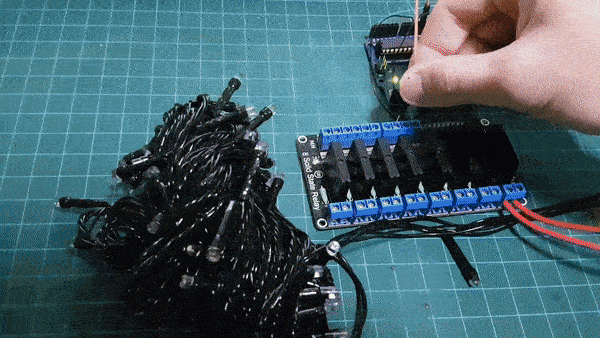









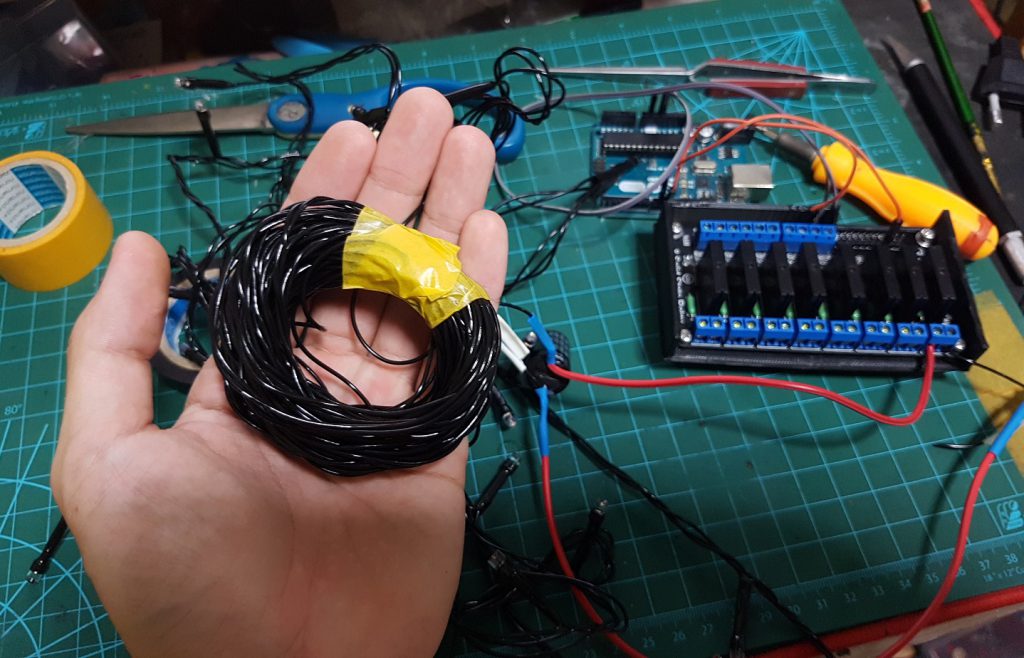

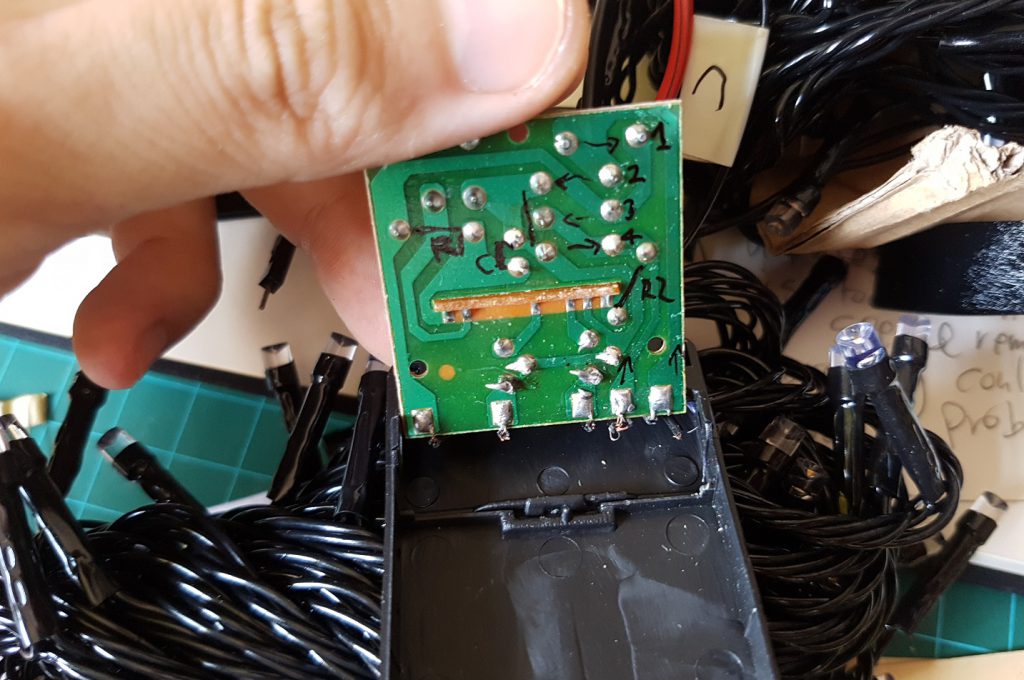









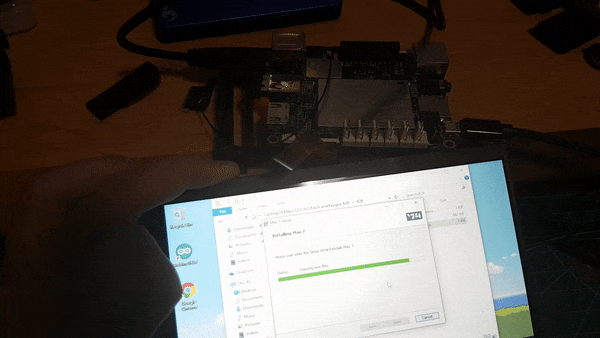
 As LattePanda does not come with a sound card for microphone input and the only headphone require input and output jack separately, I had purchased an USB soundcard on carousell and luckily it works.
As LattePanda does not come with a sound card for microphone input and the only headphone require input and output jack separately, I had purchased an USB soundcard on carousell and luckily it works.
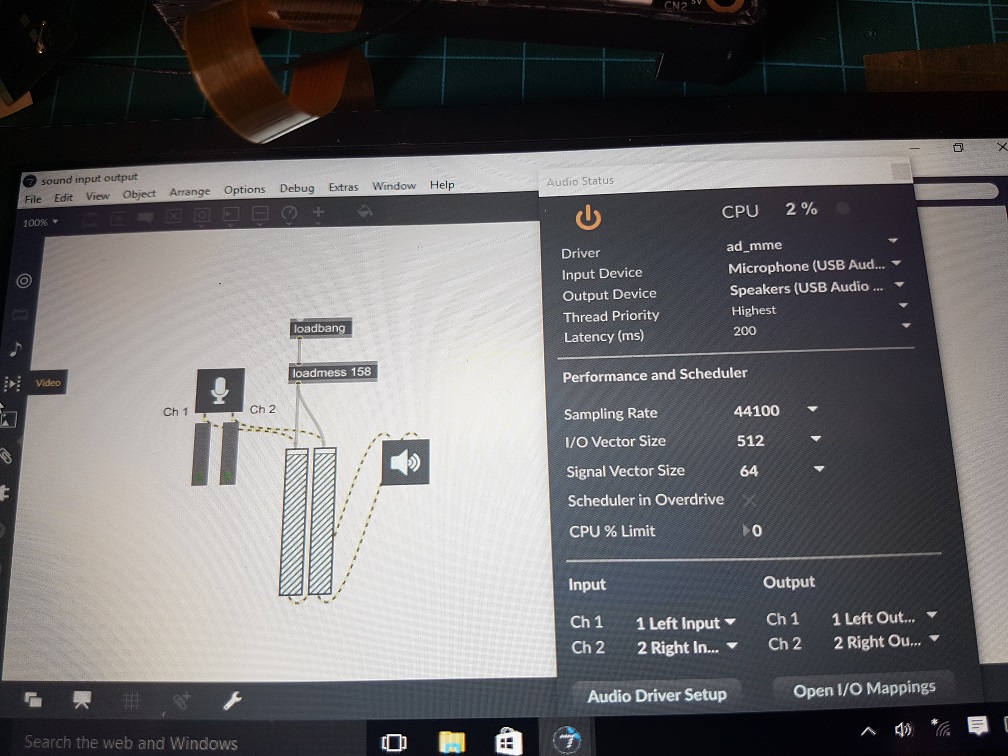
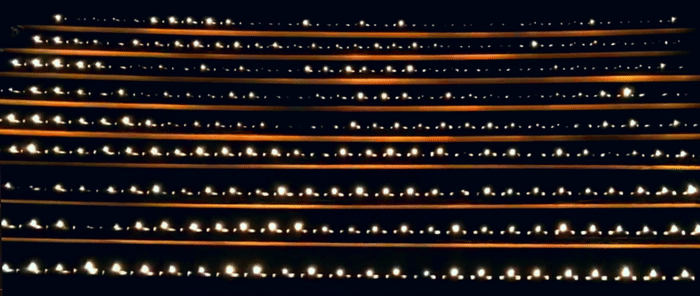
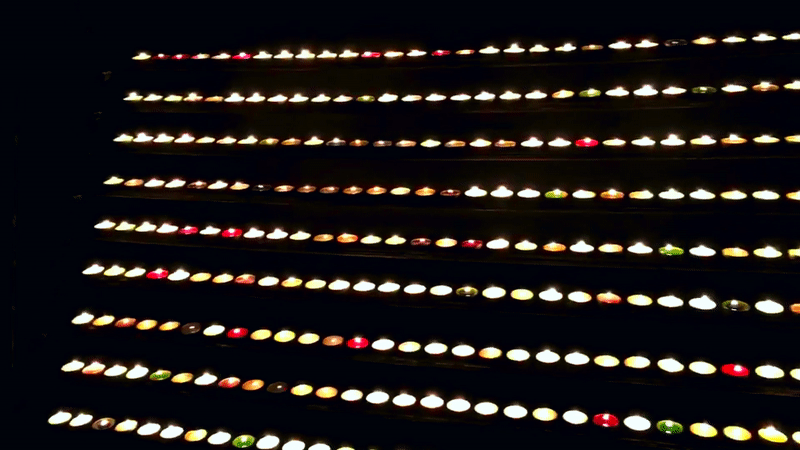
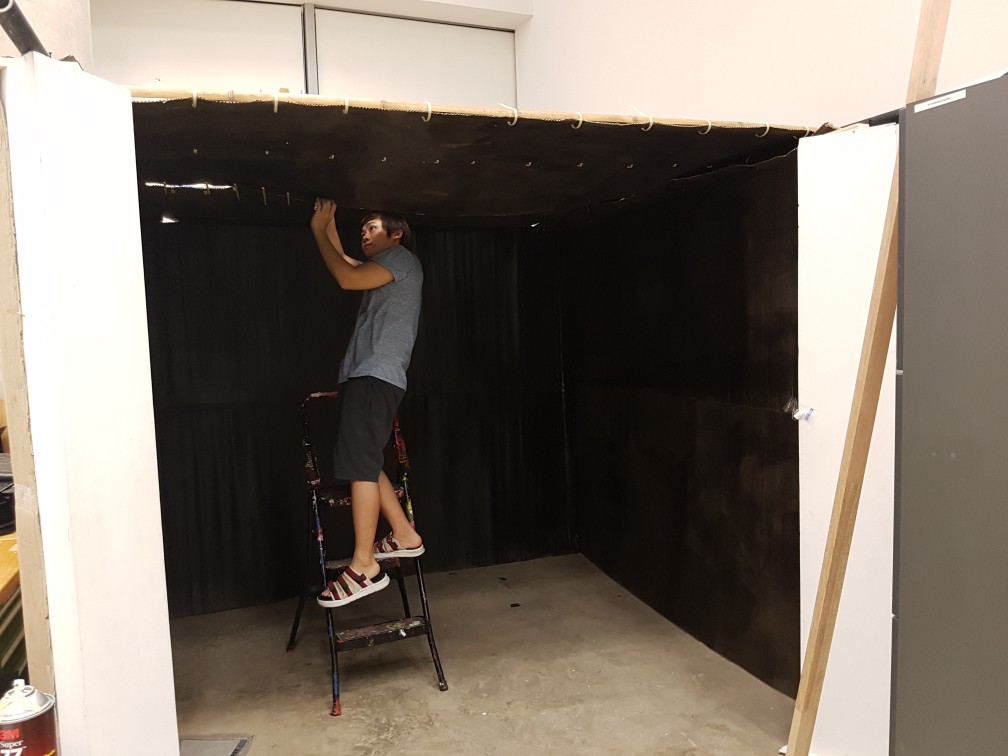
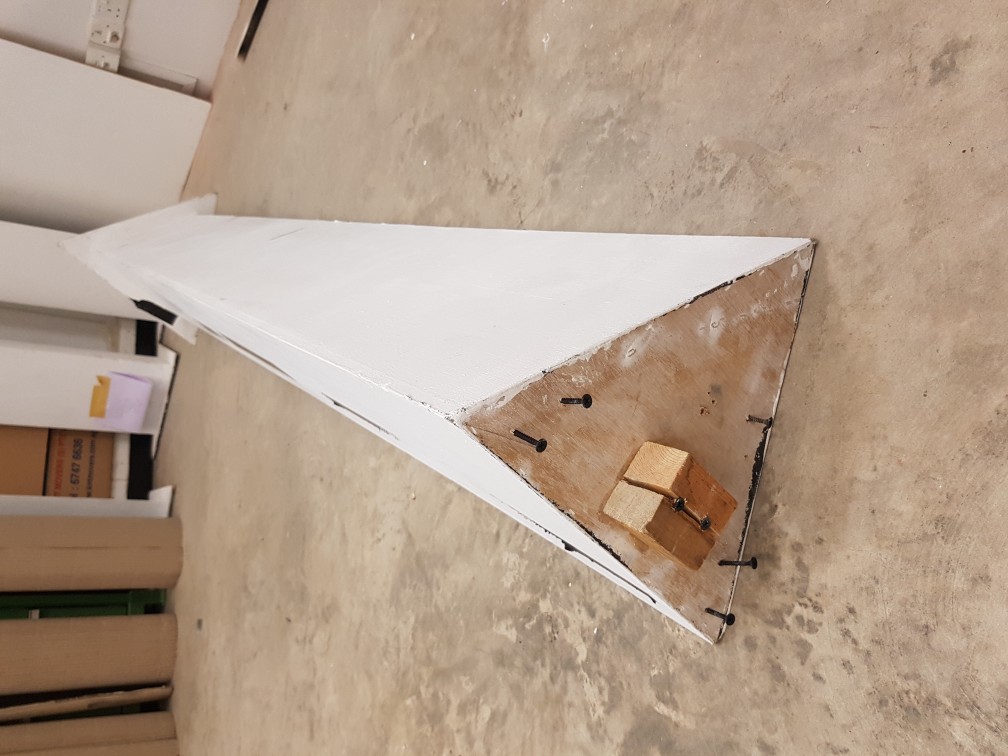
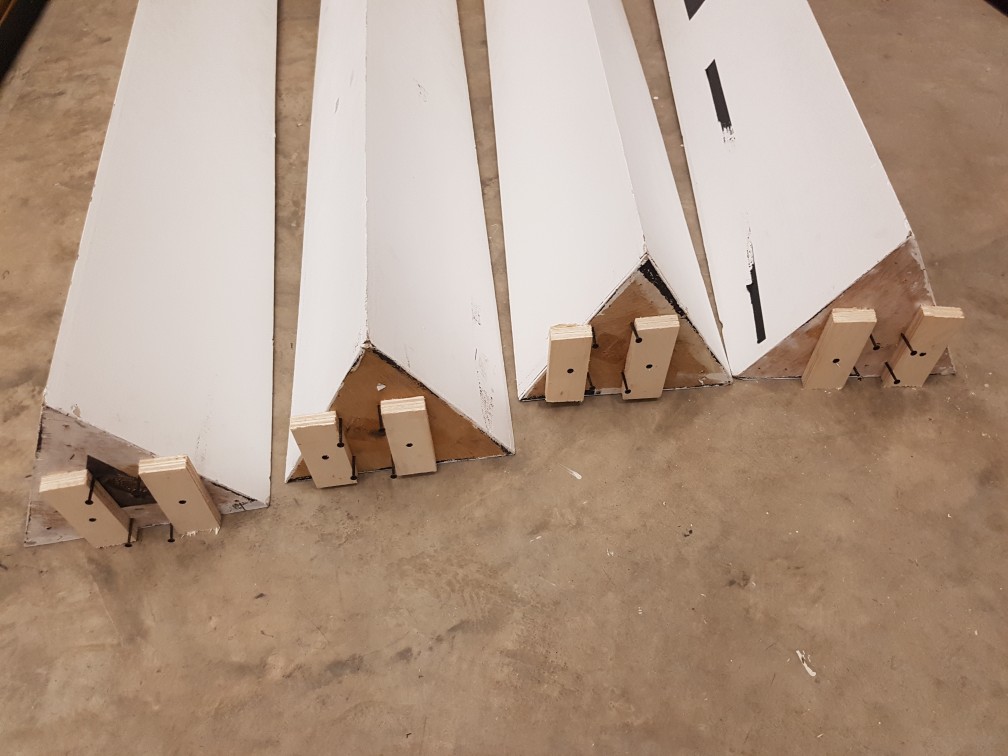
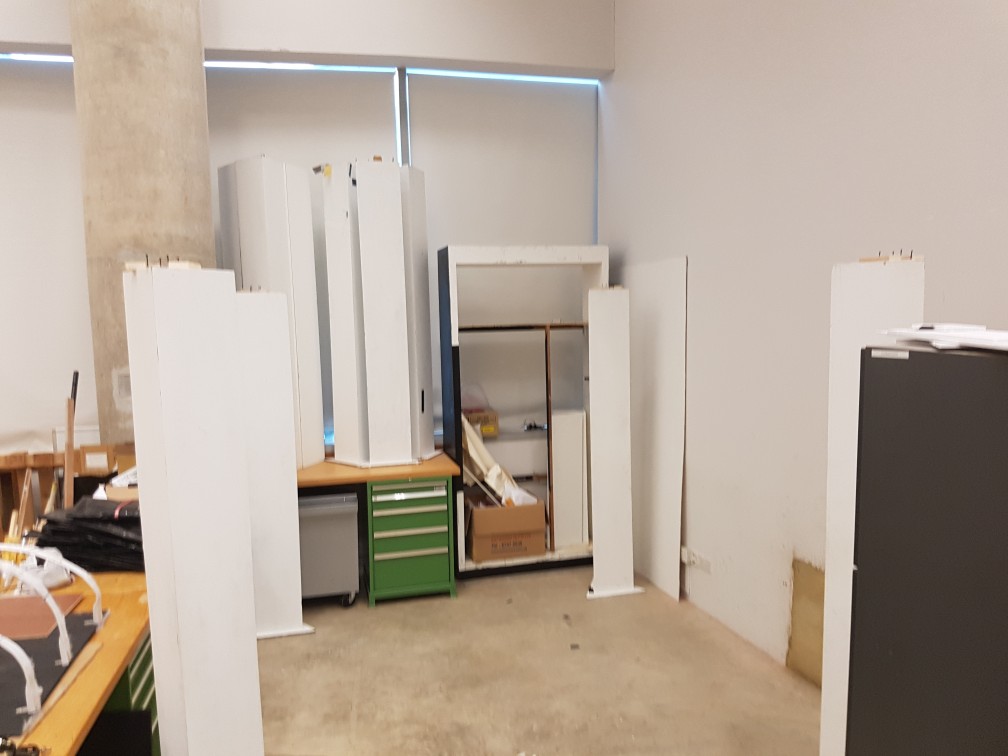
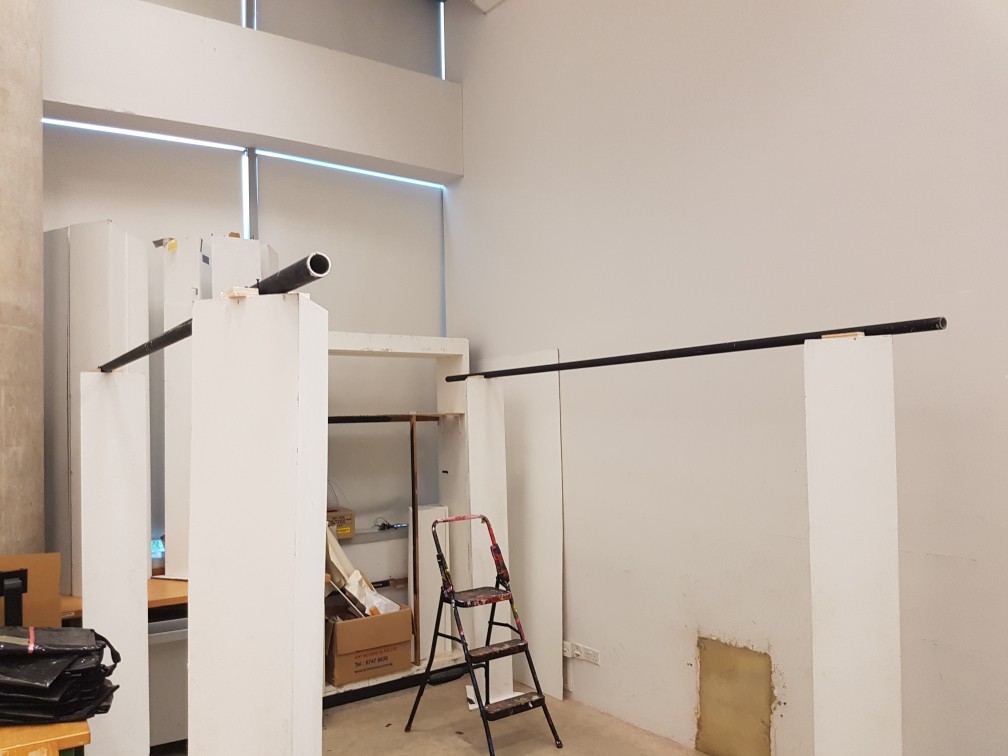
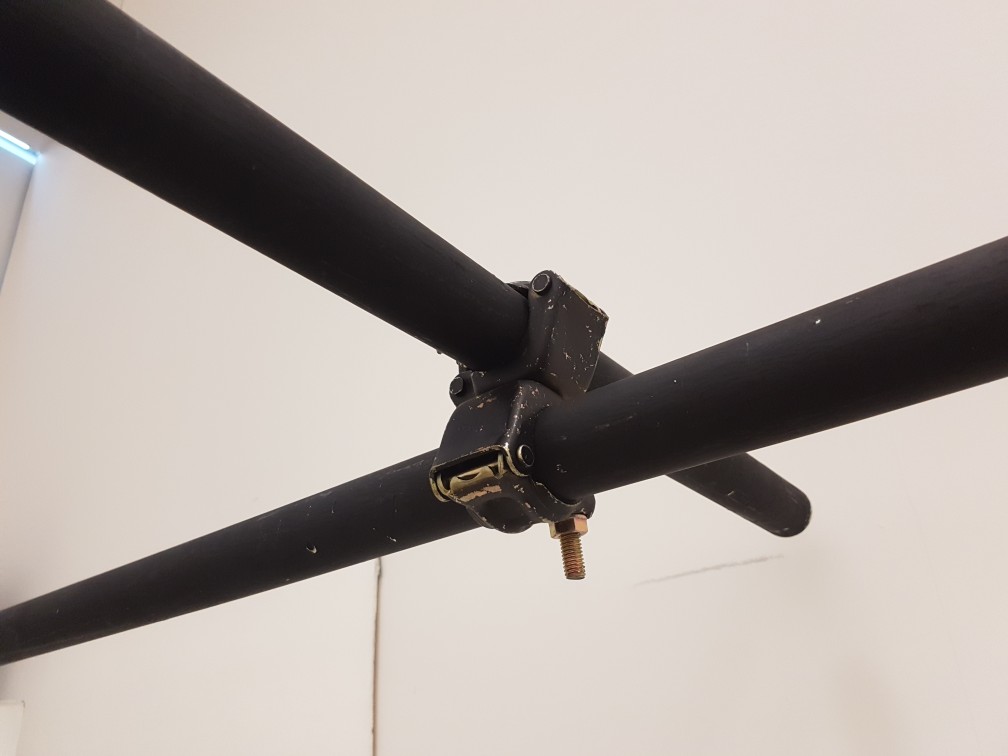
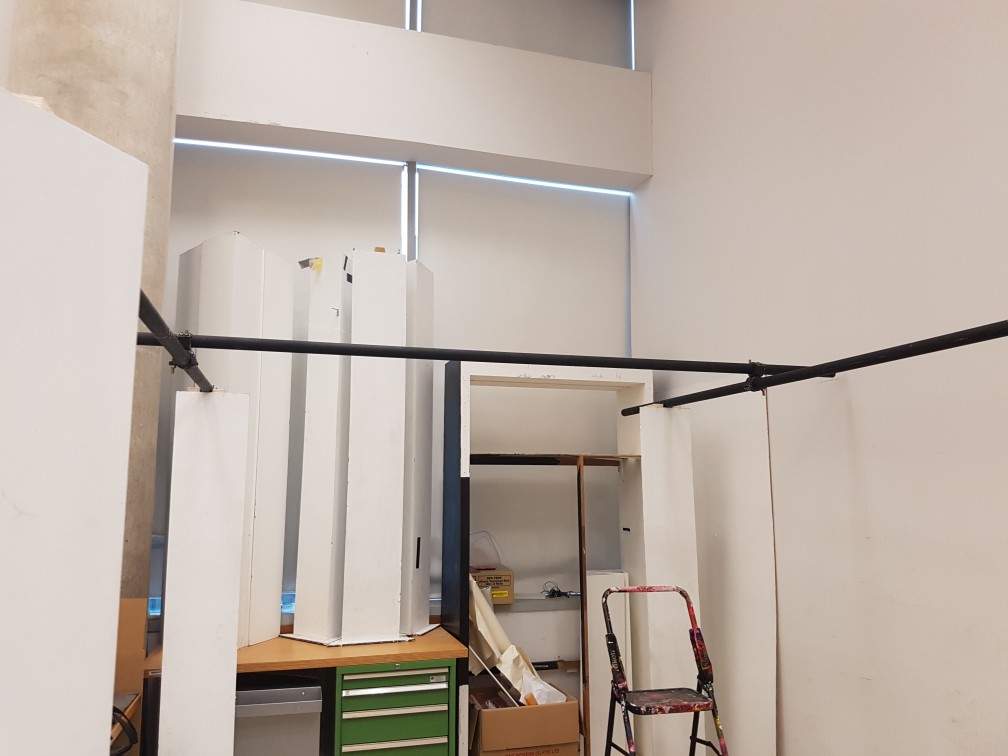
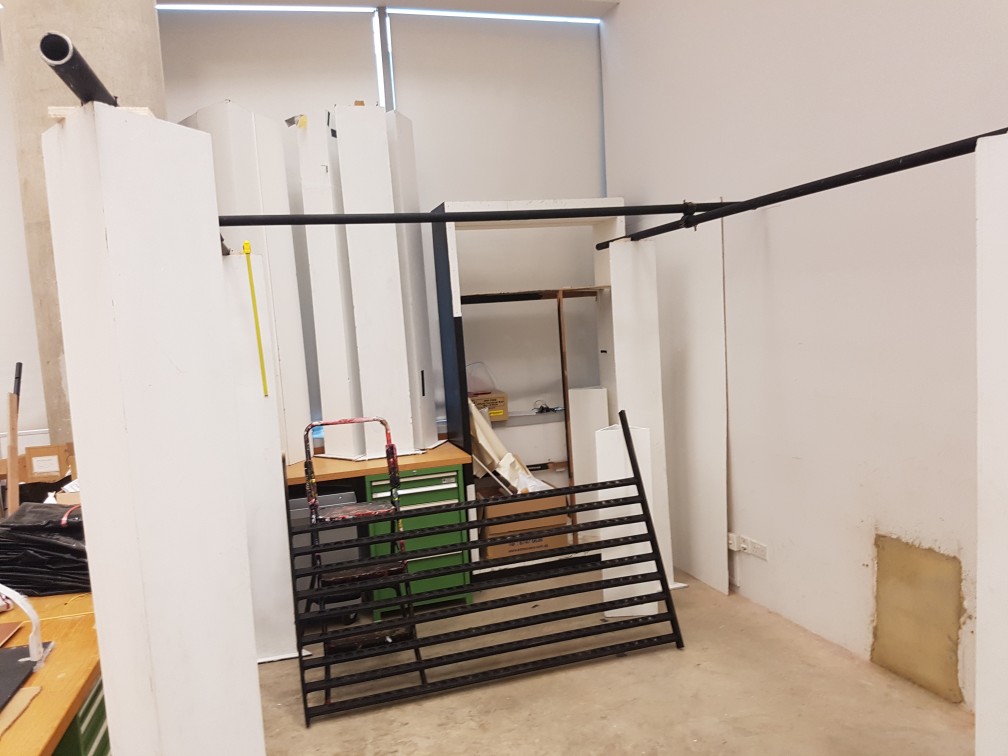

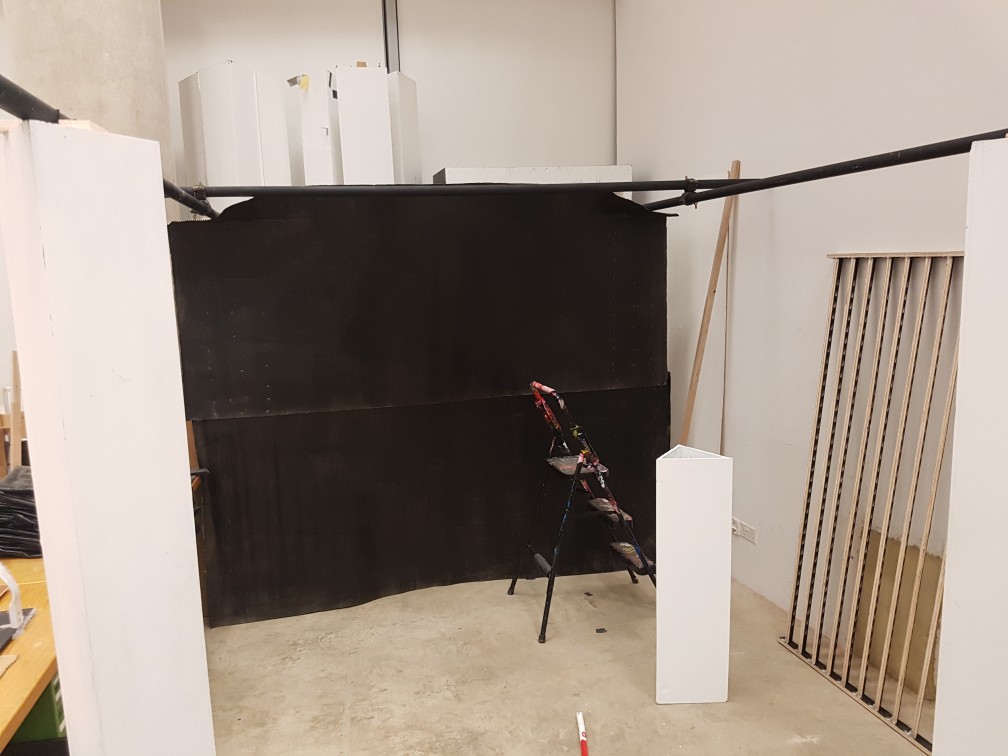
 Ive spray mount and tape it at the back on the floor before mounting the side wall as it is SOOOO much easier and nicer to do so!
Ive spray mount and tape it at the back on the floor before mounting the side wall as it is SOOOO much easier and nicer to do so!

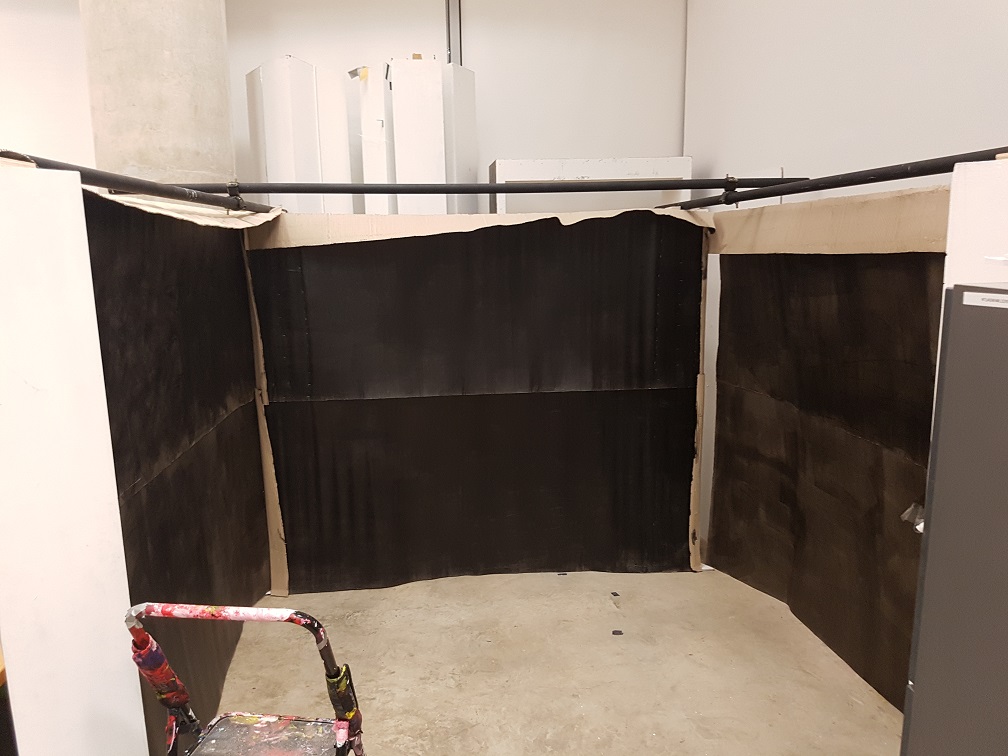


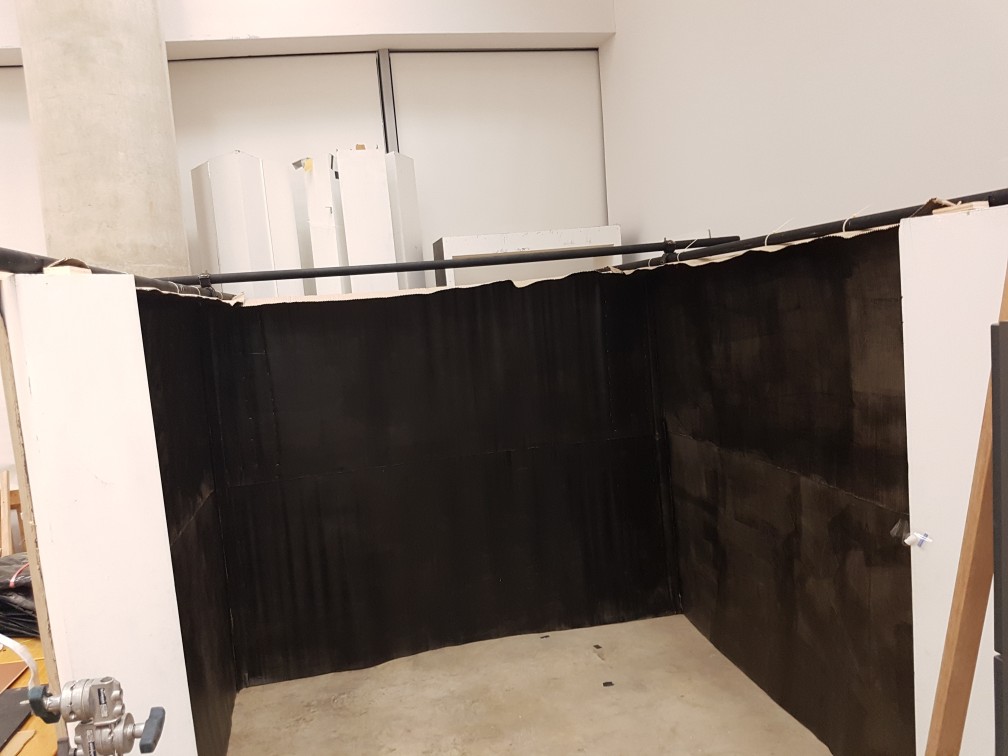

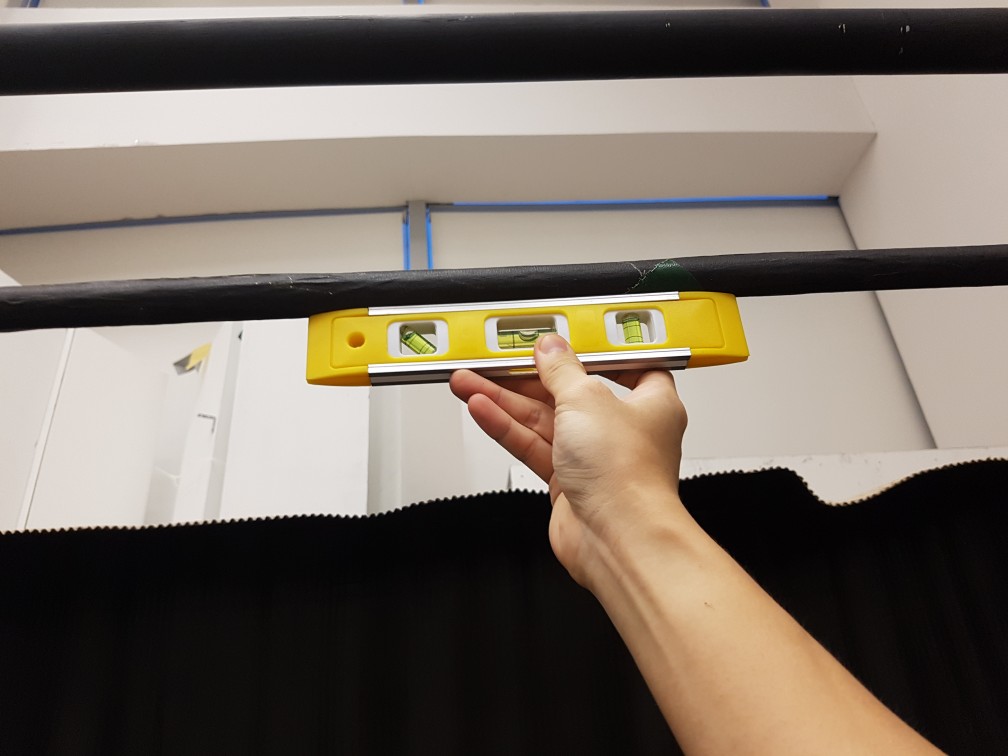


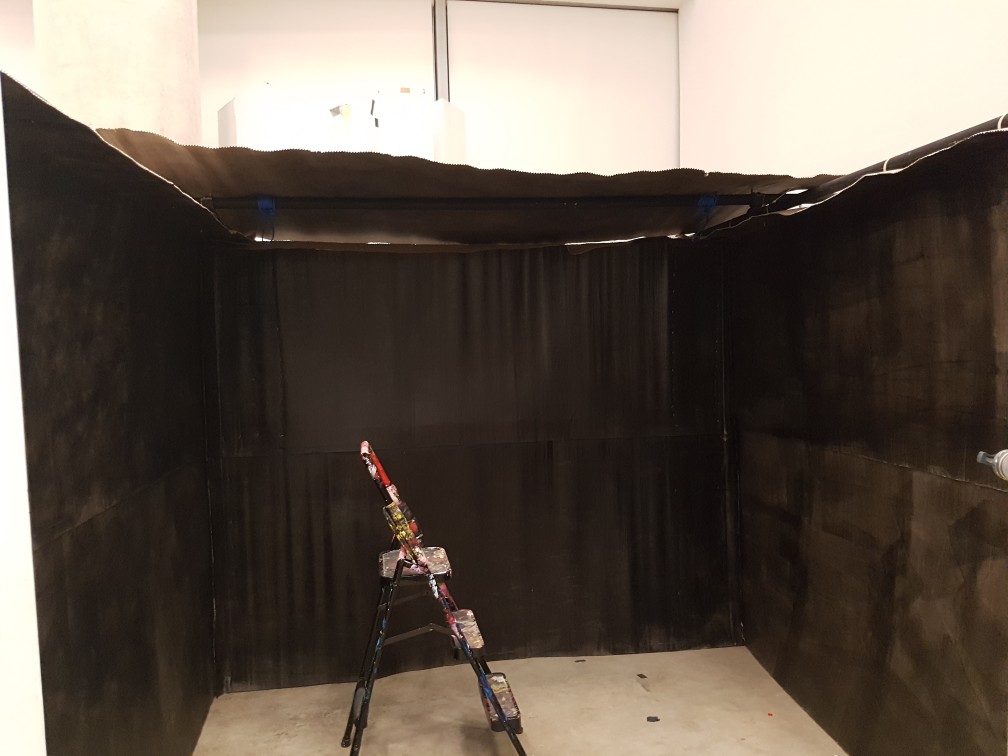
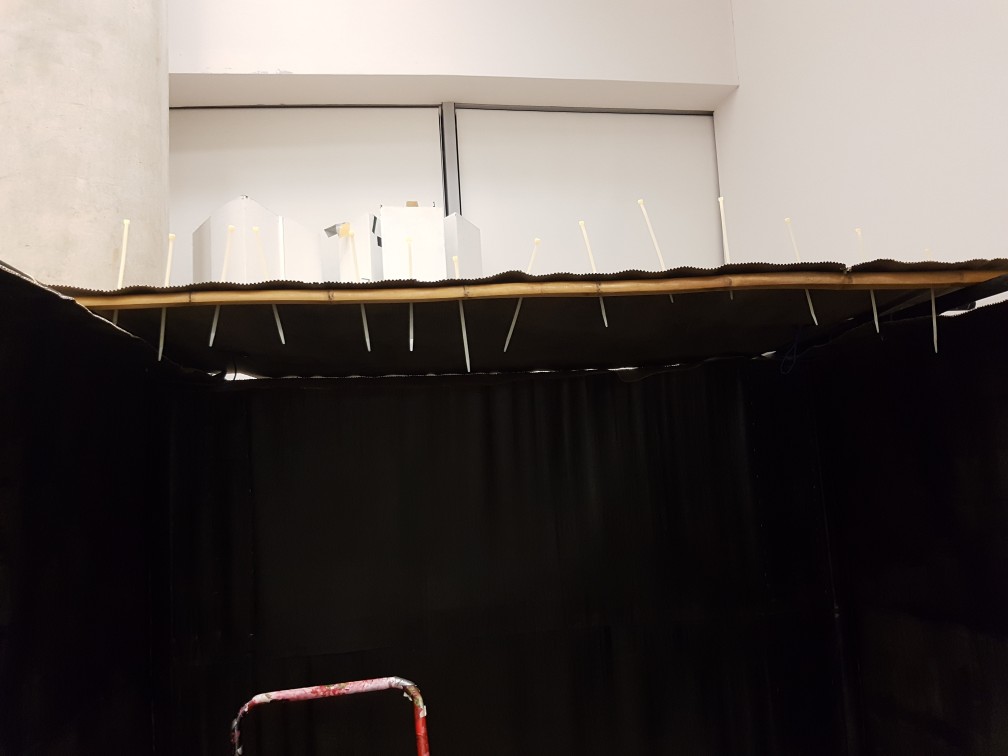
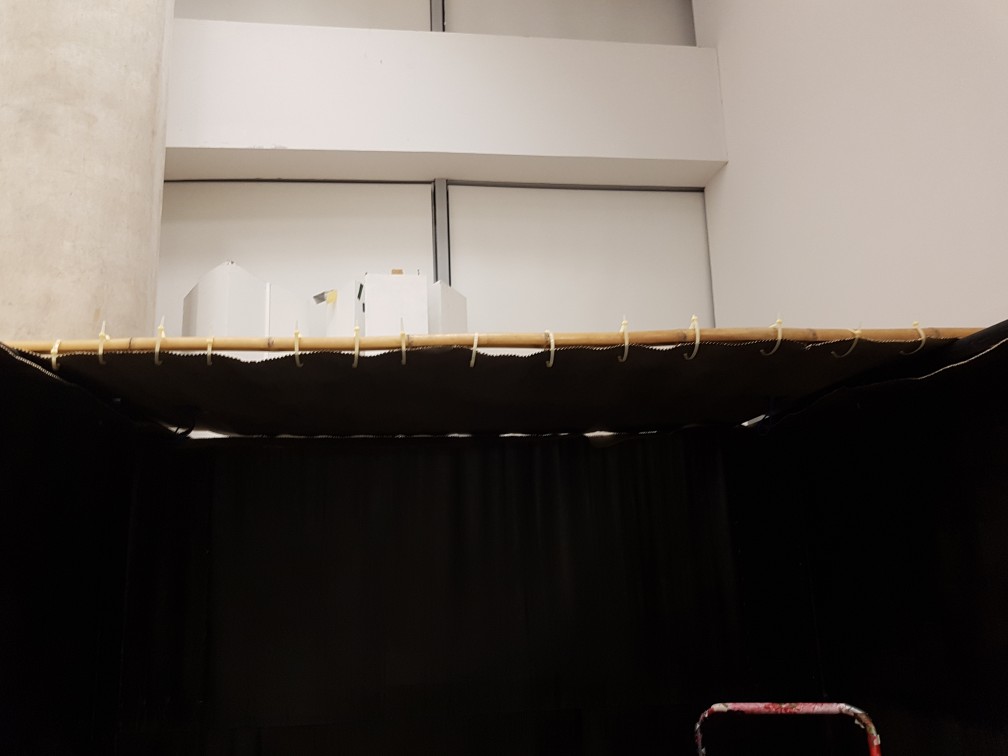
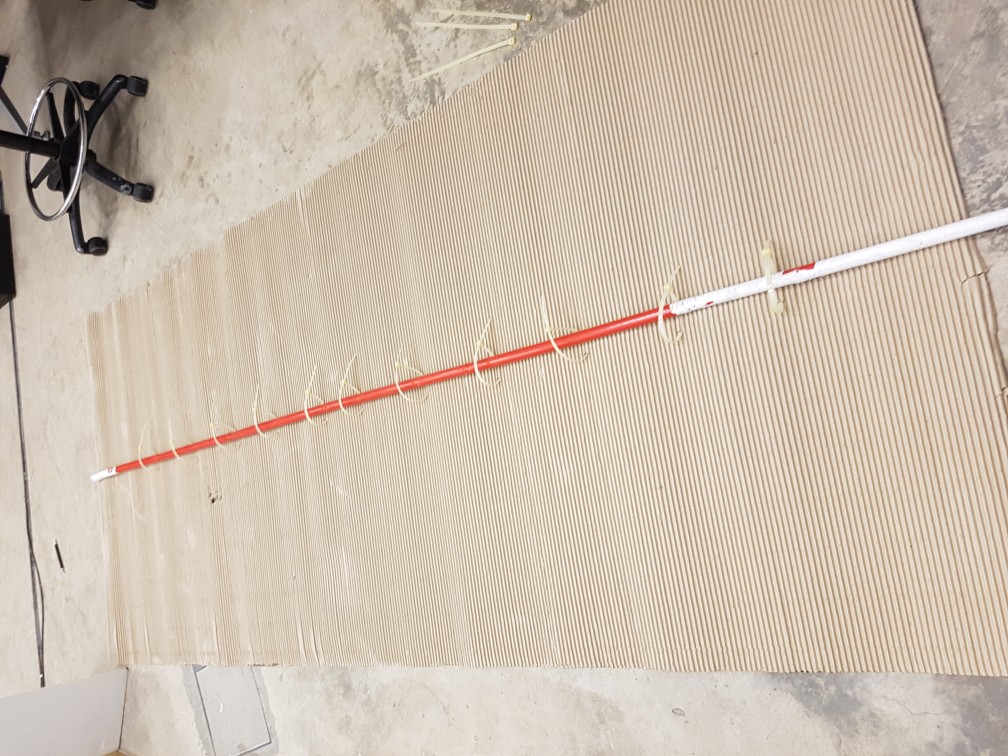
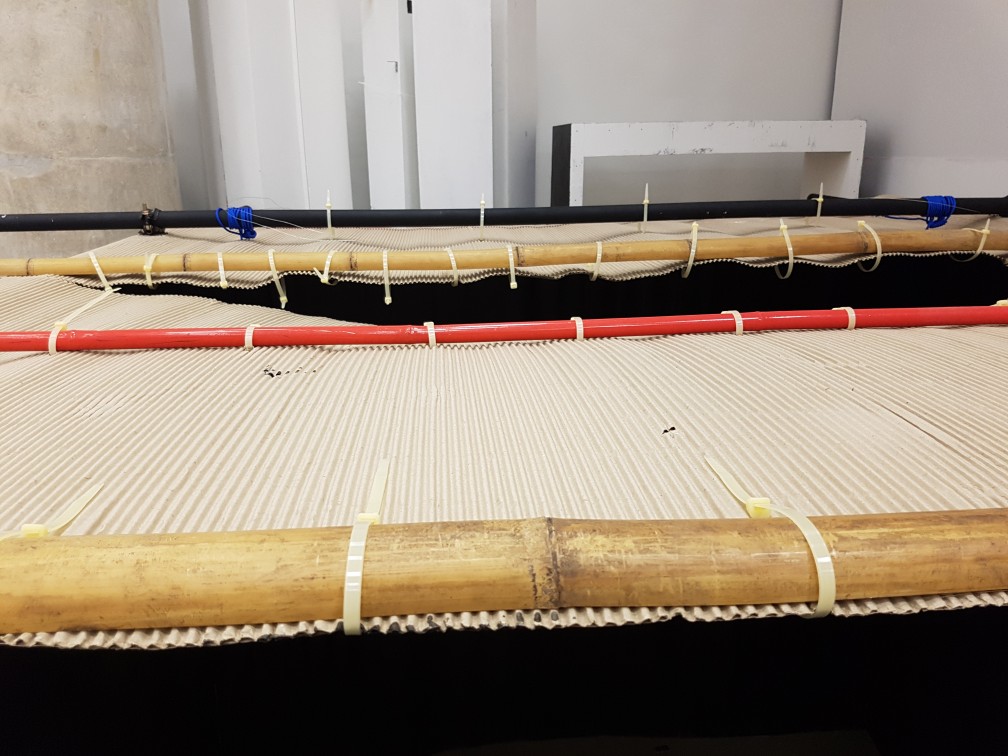
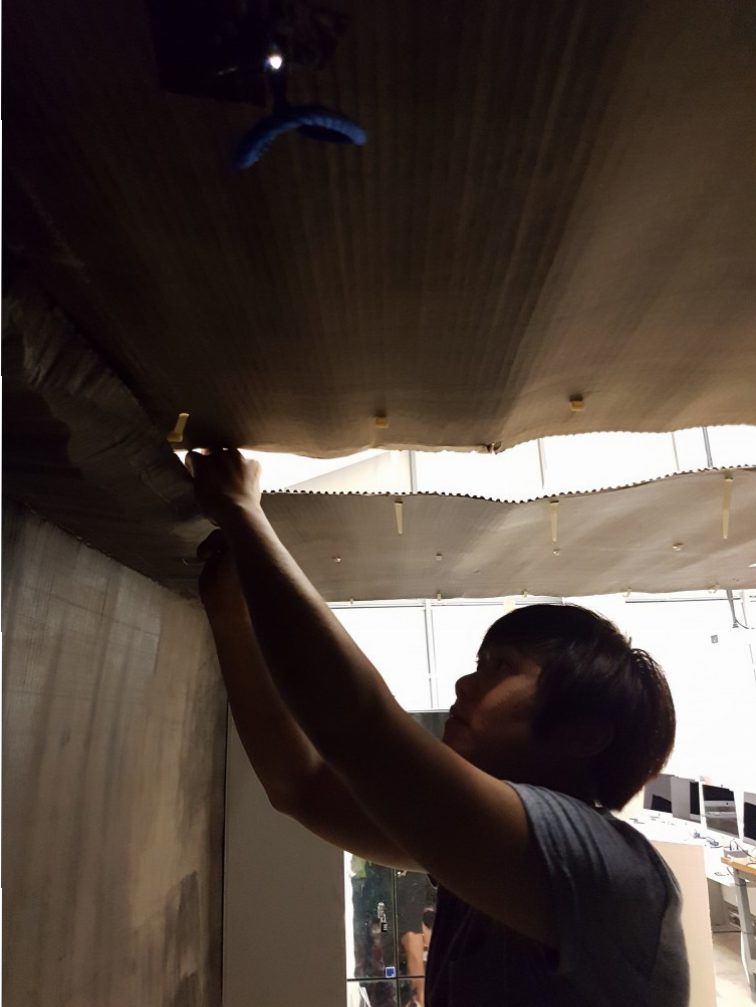

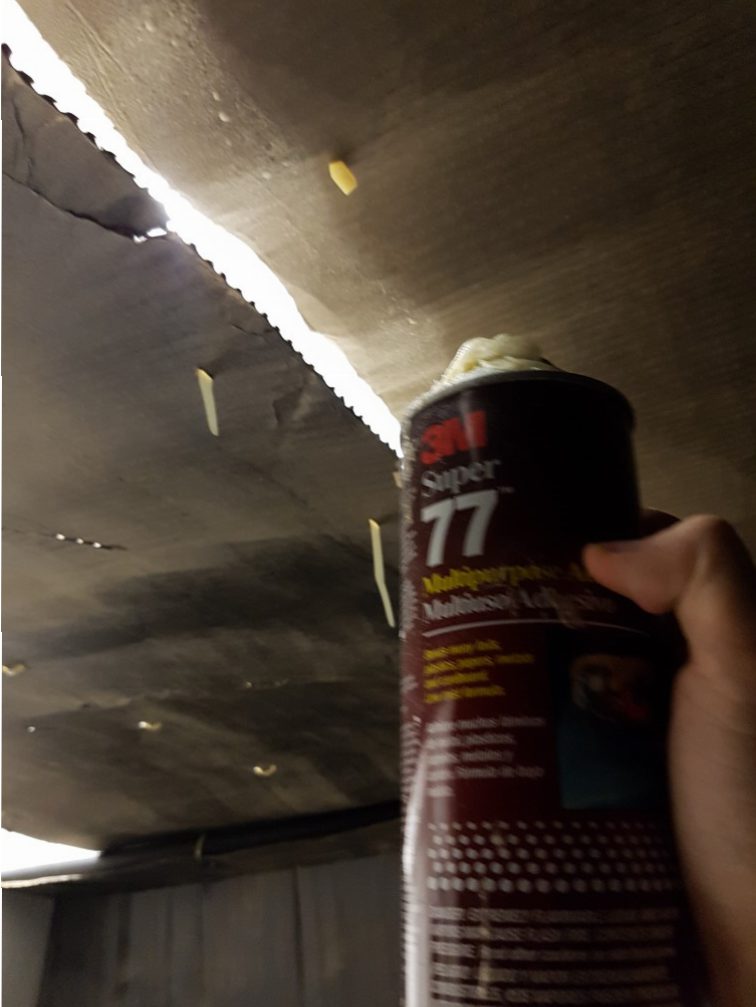

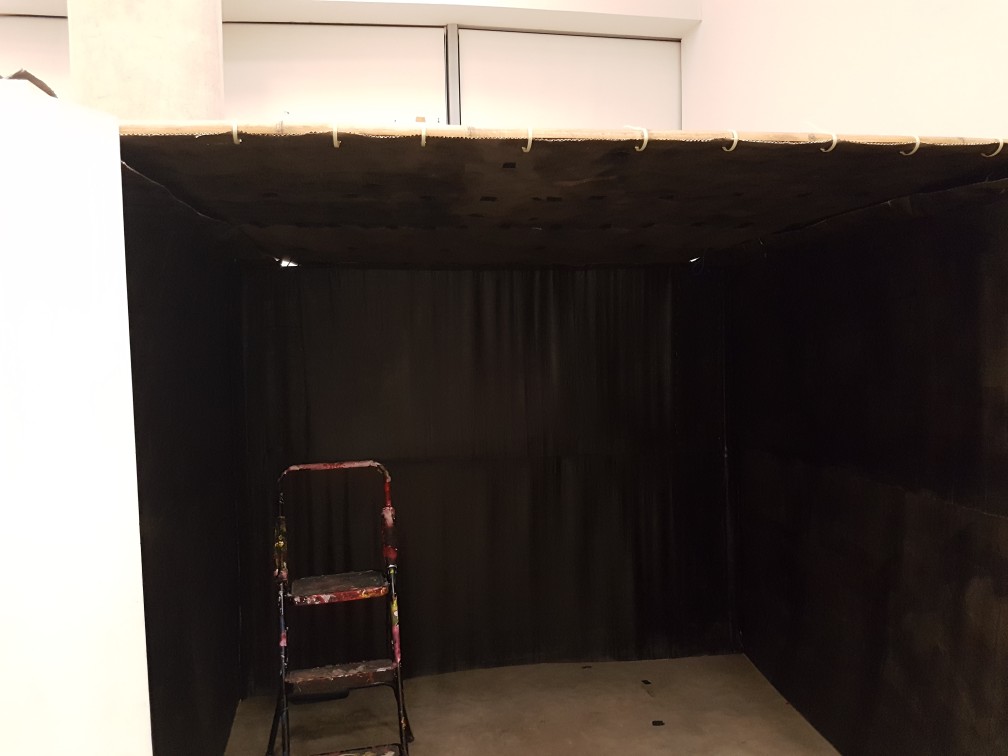 I really like the overall appearance of it for now!
I really like the overall appearance of it for now!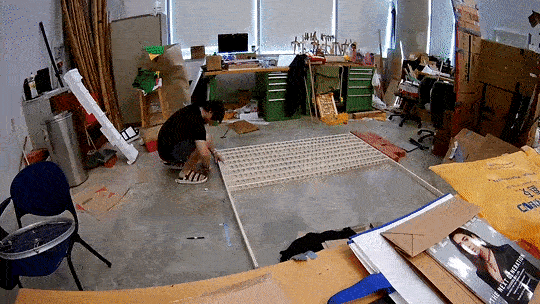
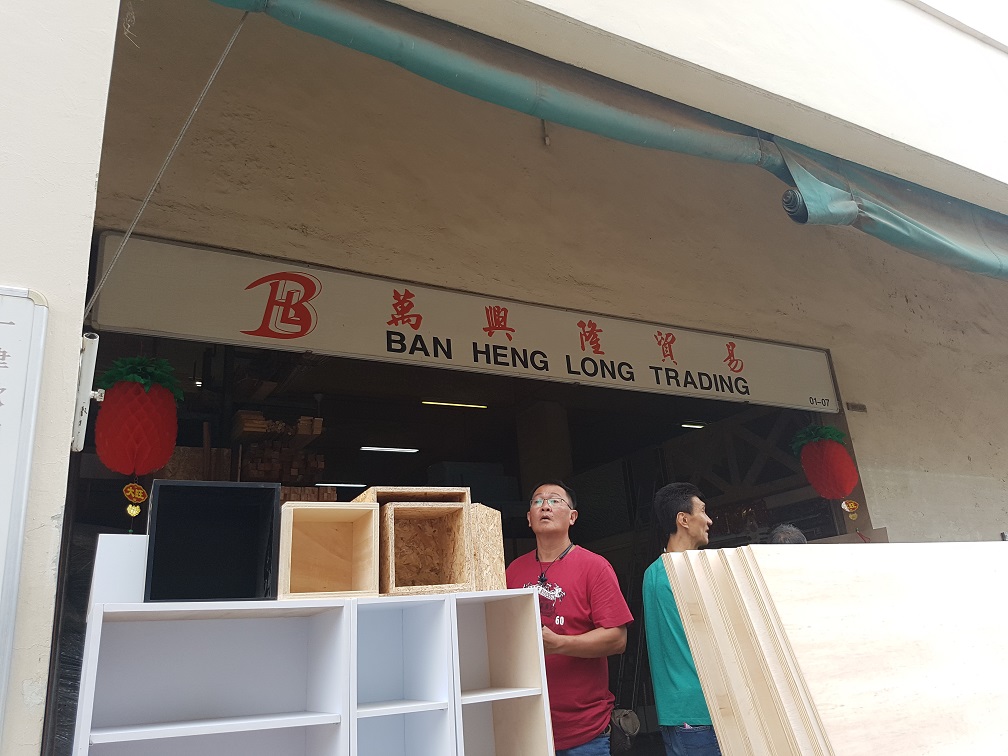
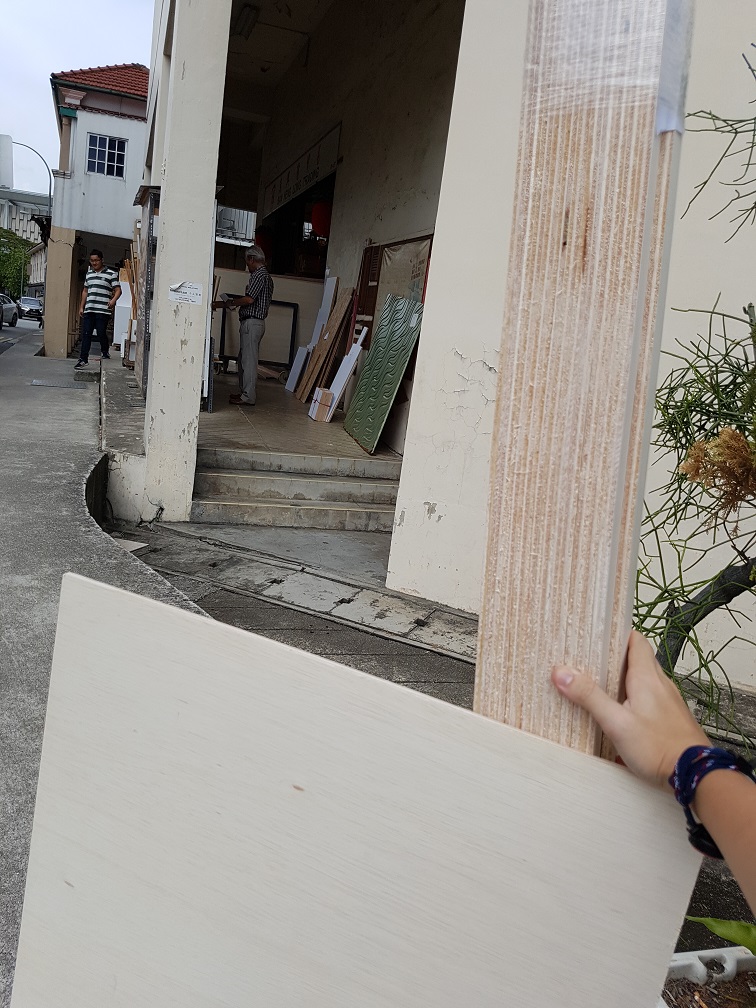
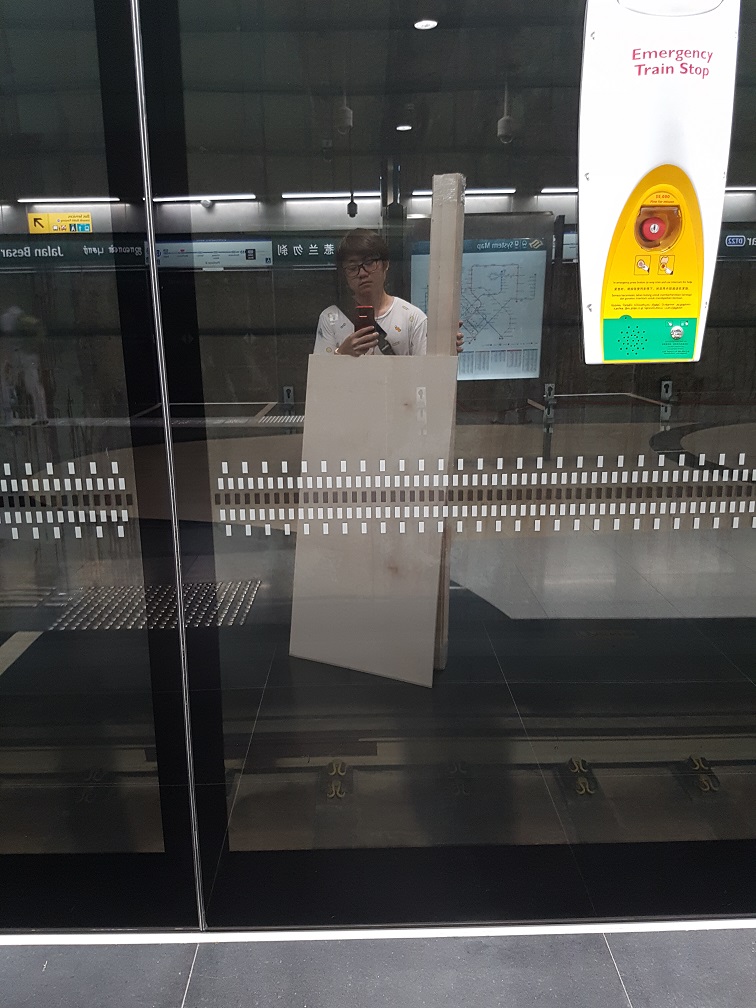


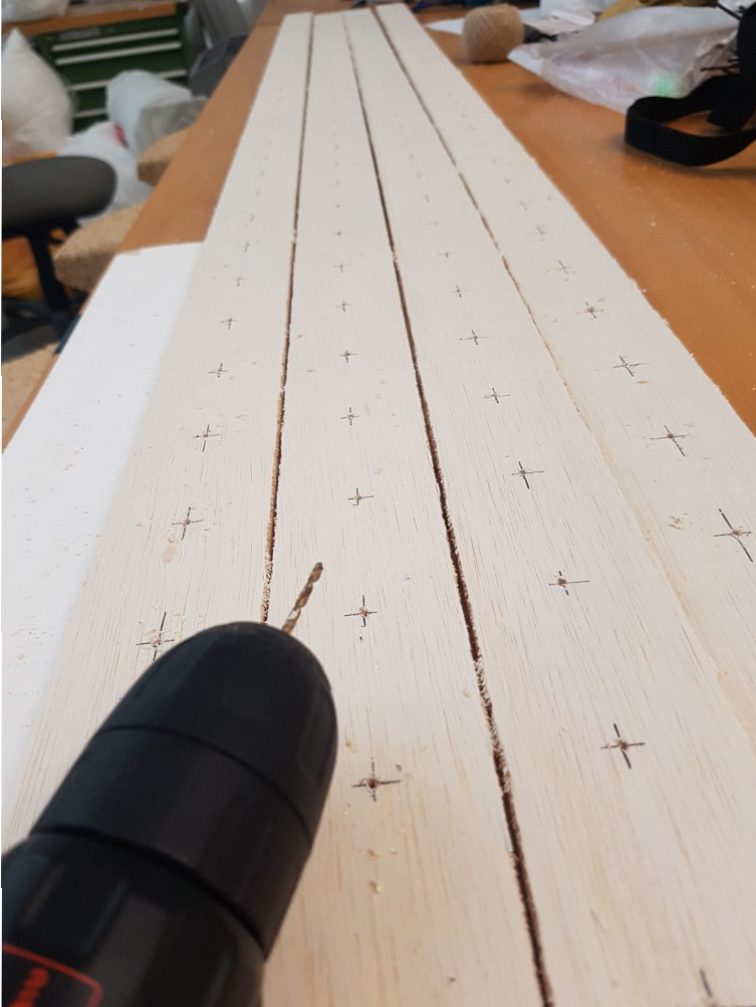

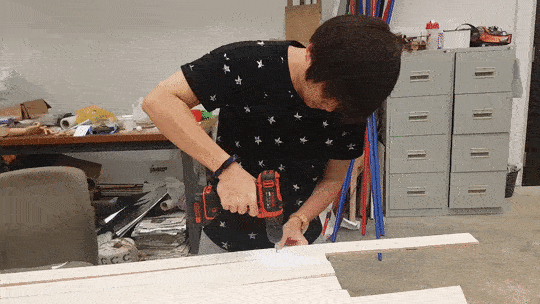
 100X speed and a total of 297 holes were drilled.
100X speed and a total of 297 holes were drilled.
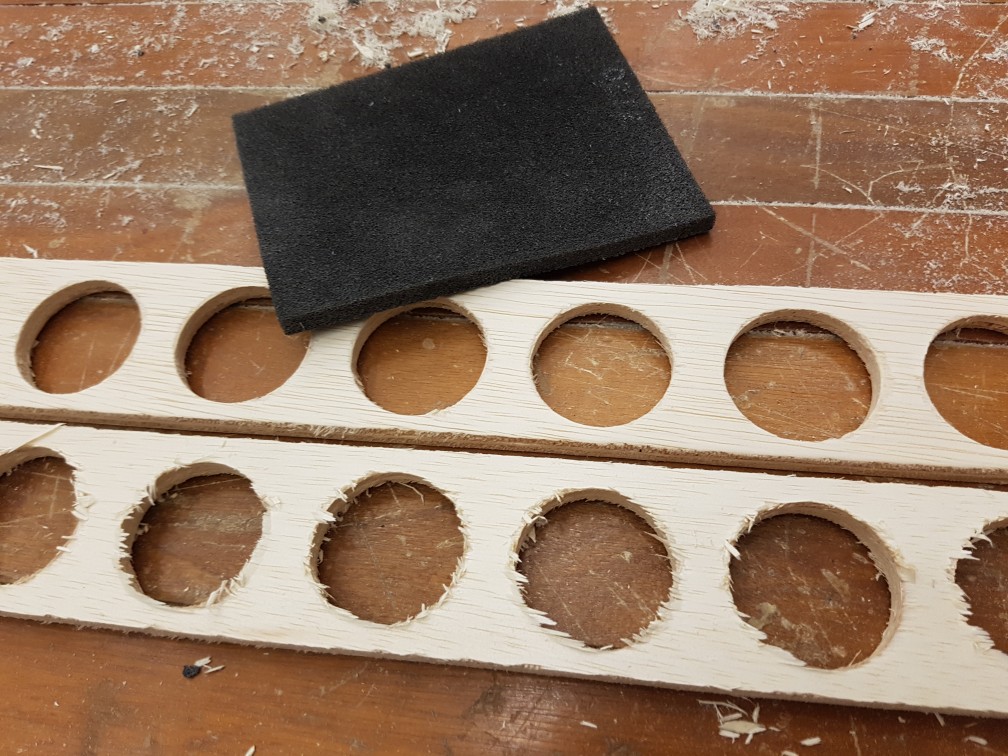 Sanding is so important for the finishing quality
Sanding is so important for the finishing quality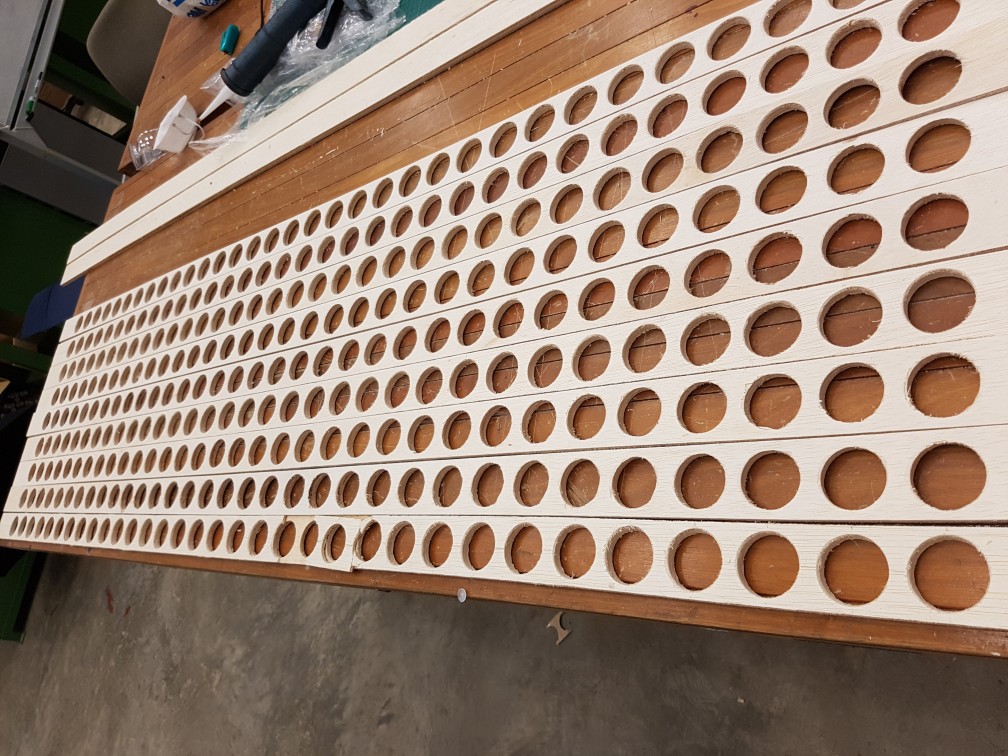 after sanding the 9 planks of 297 holes in total.
after sanding the 9 planks of 297 holes in total.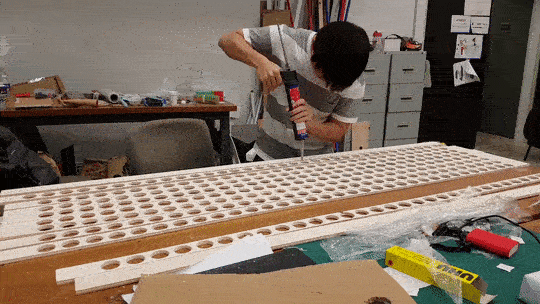
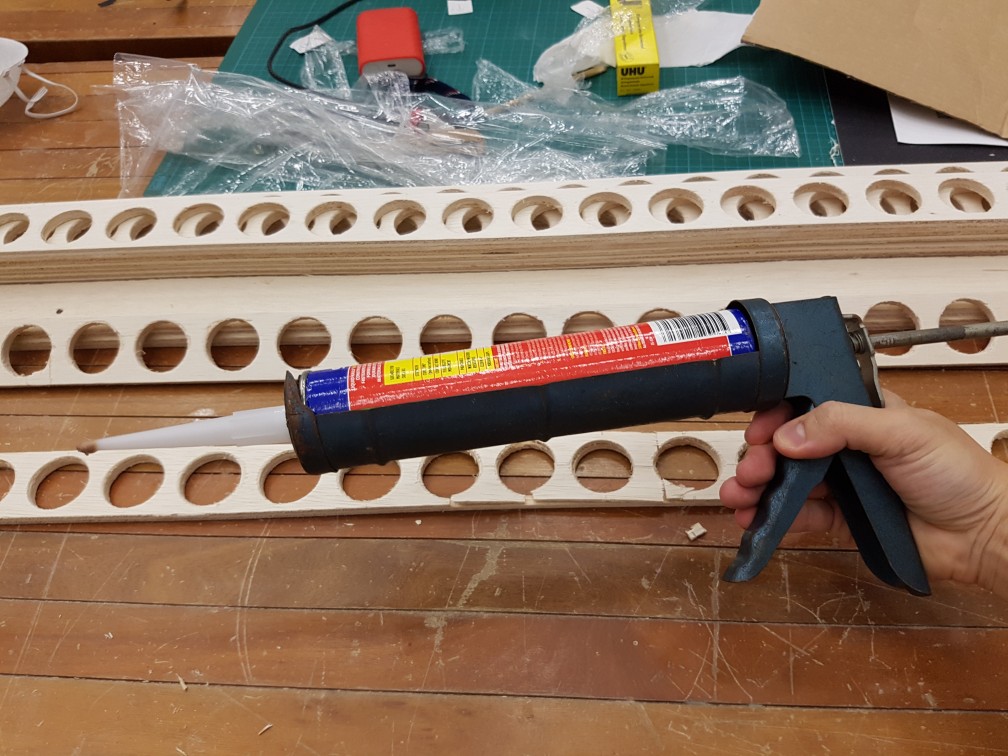
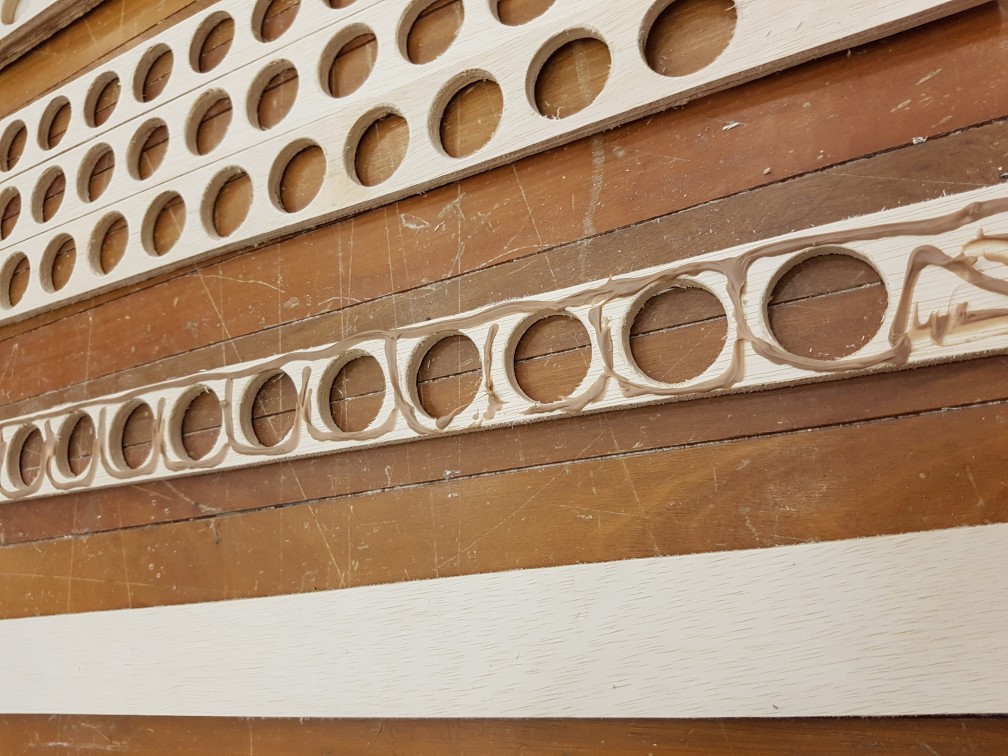
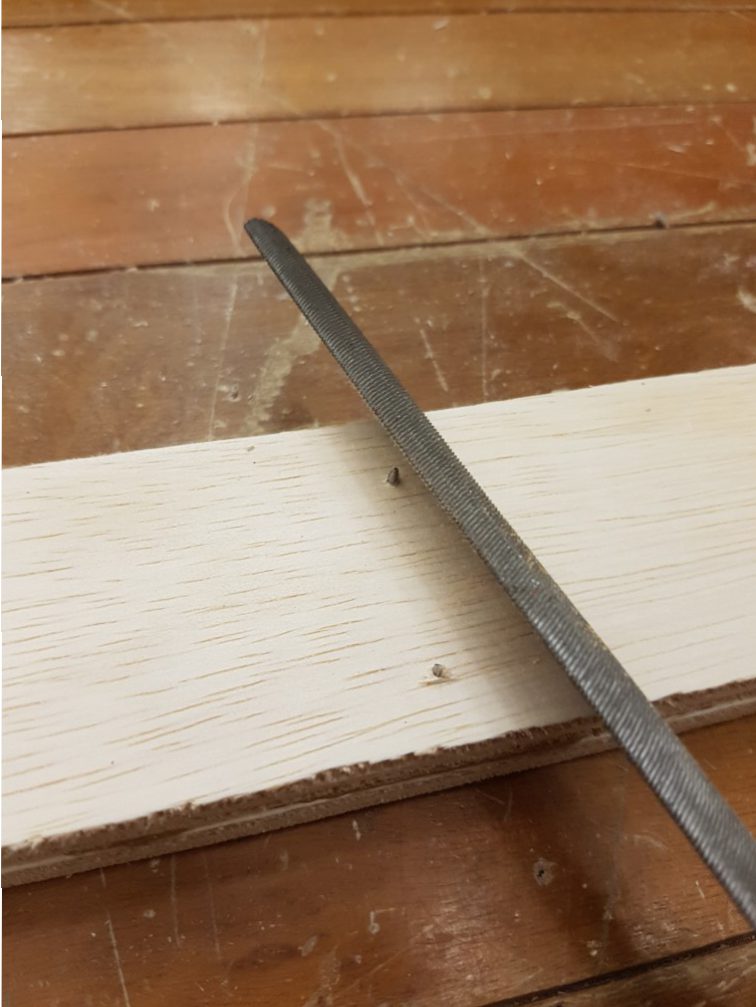
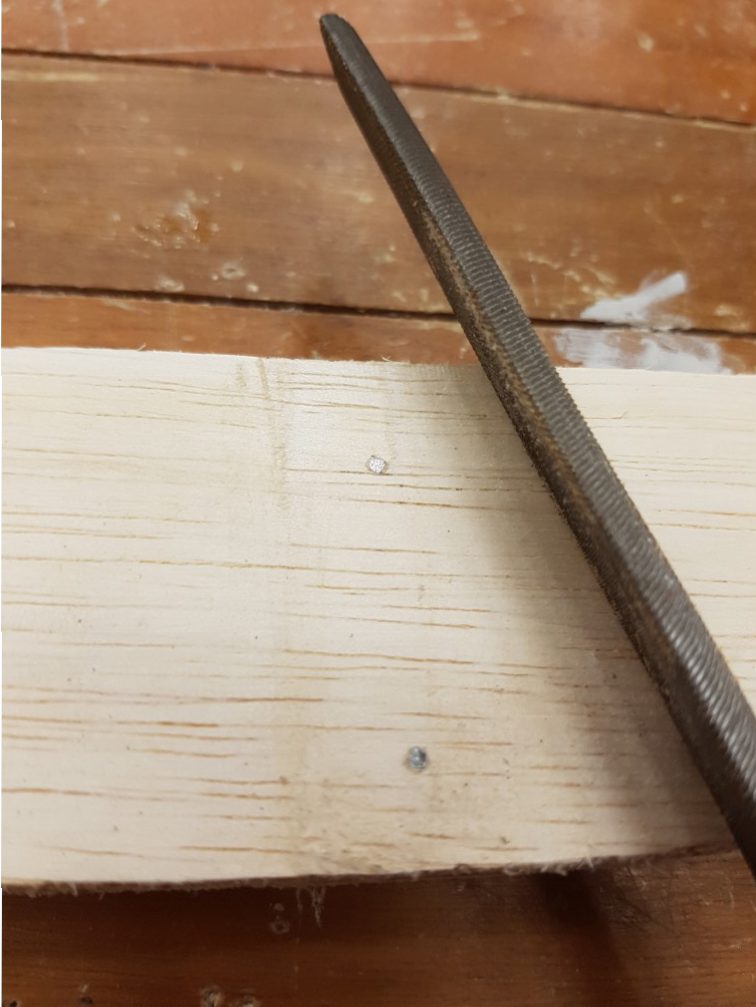
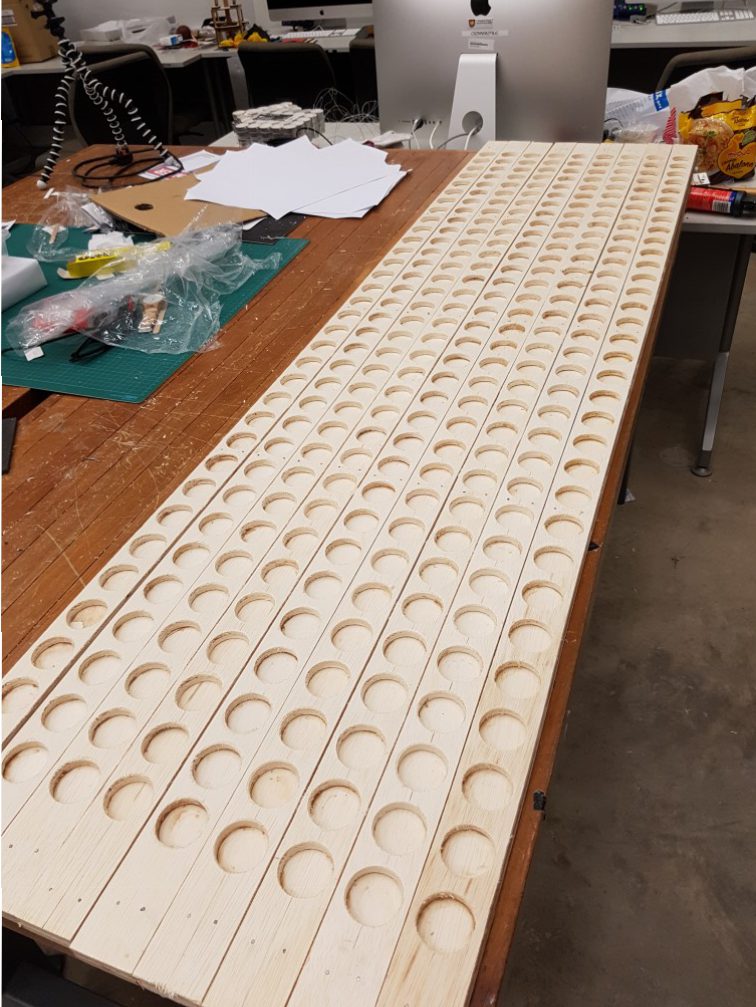 after gluing done and excess glue cleaned up.
after gluing done and excess glue cleaned up.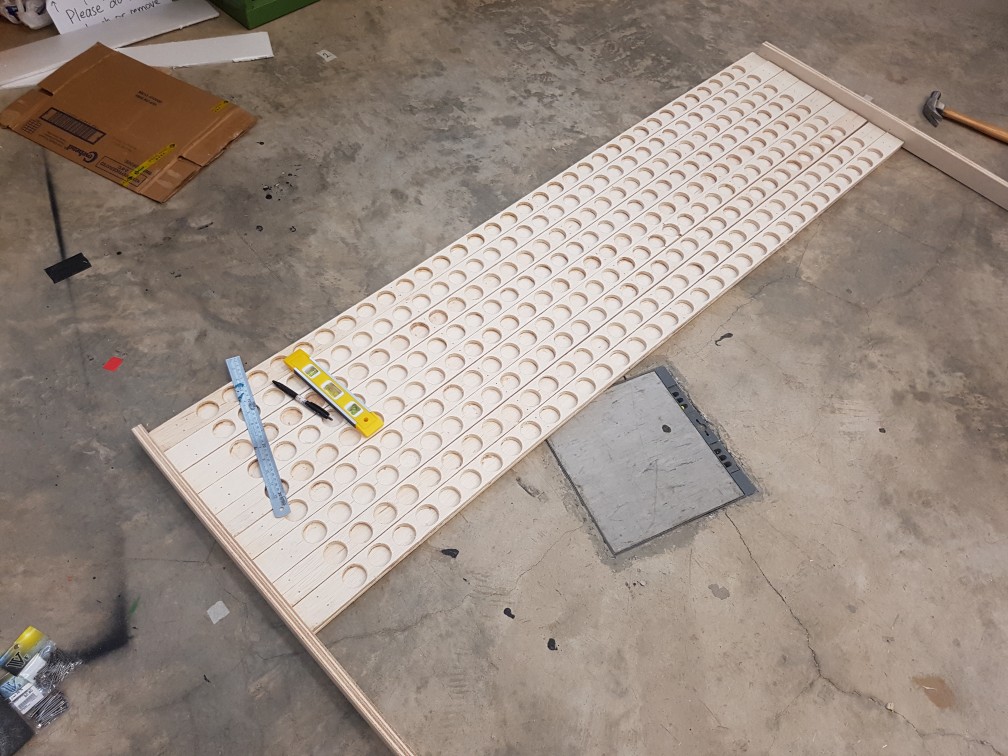


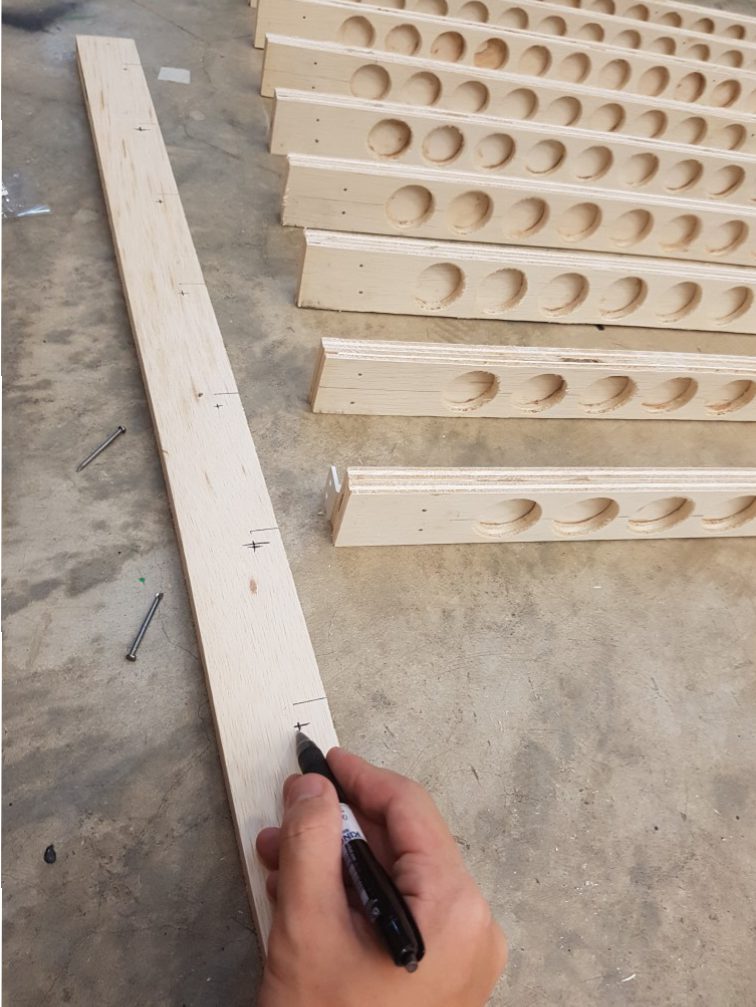
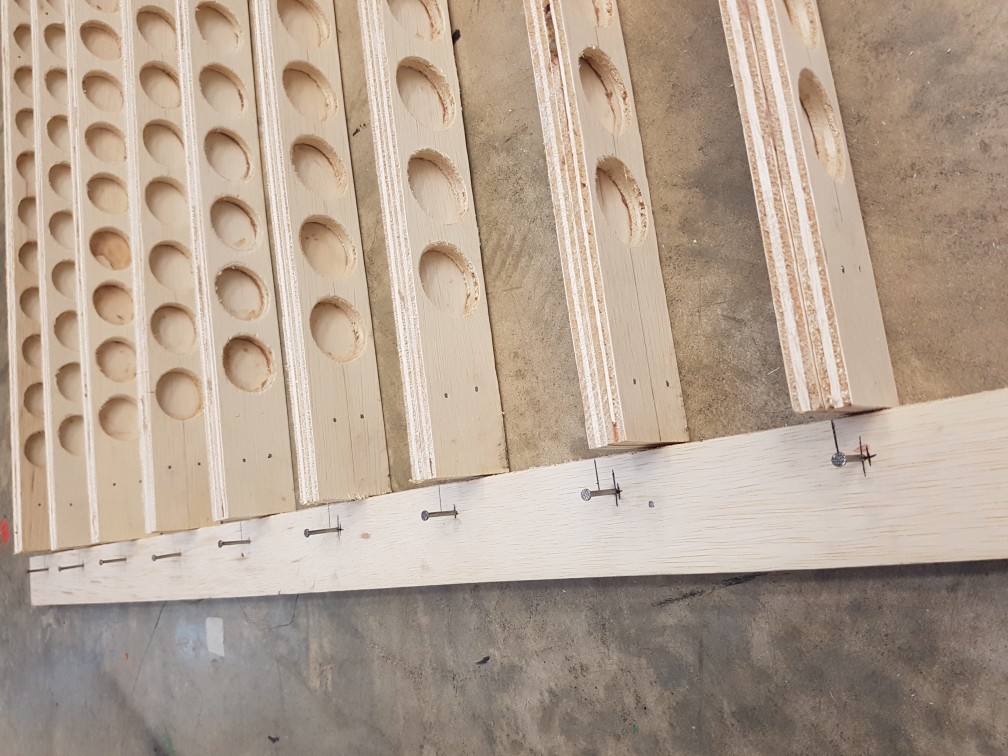
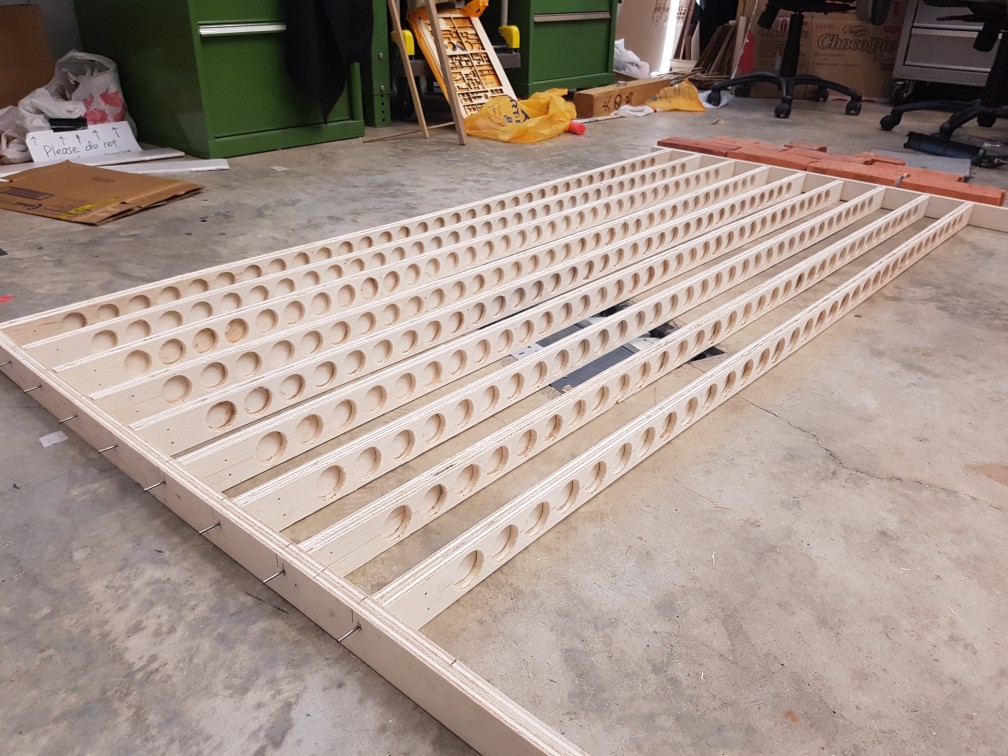
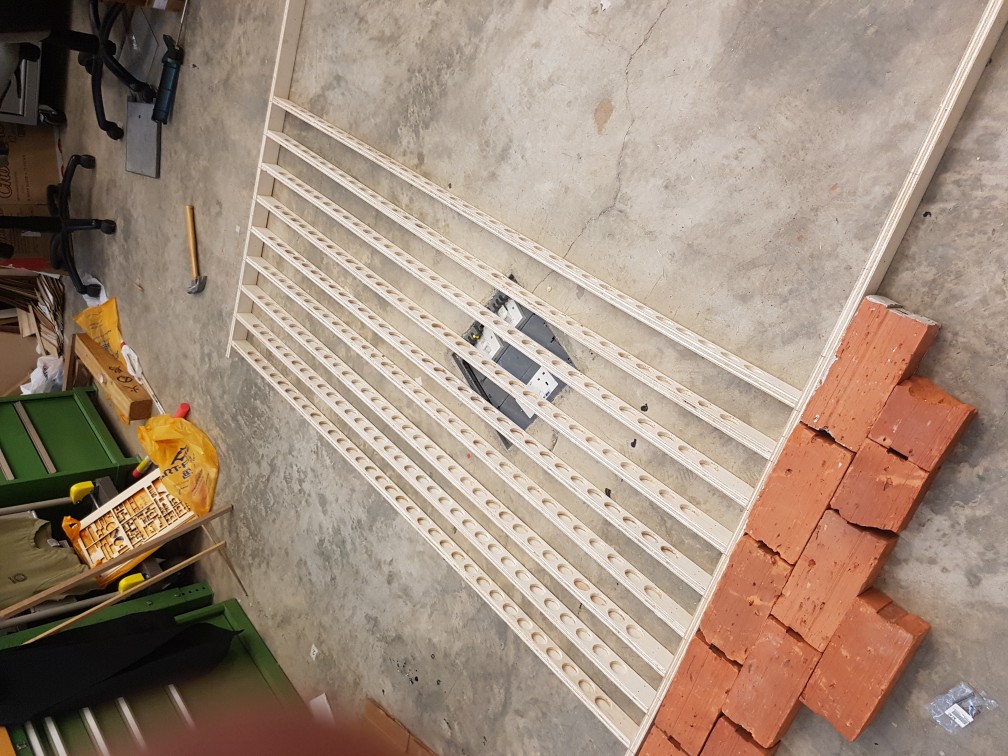
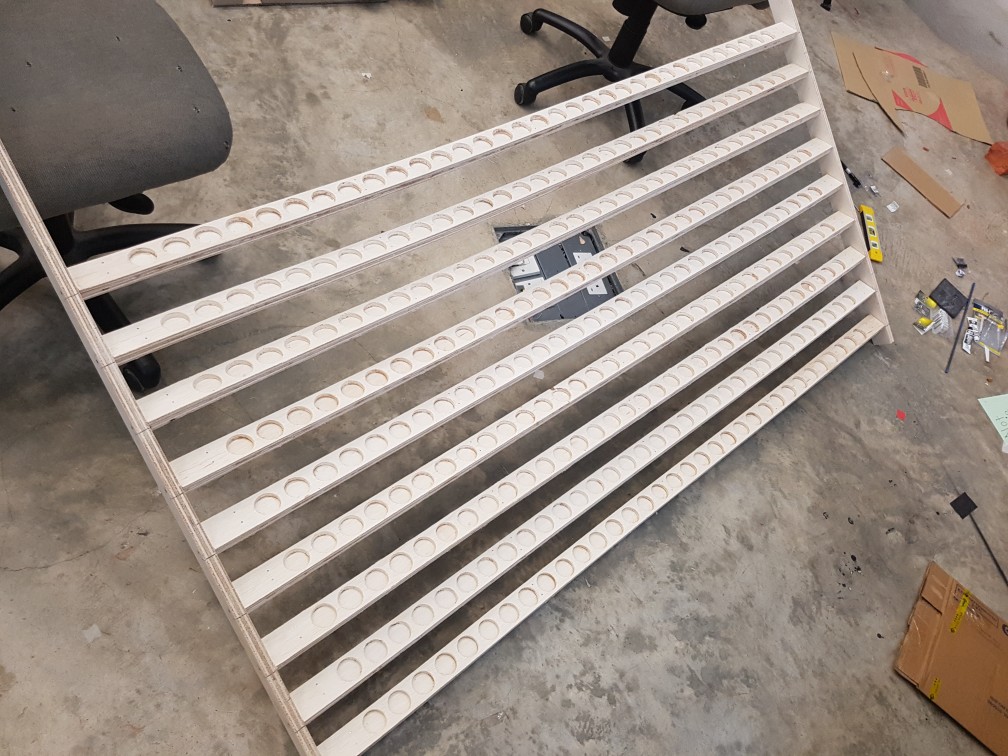
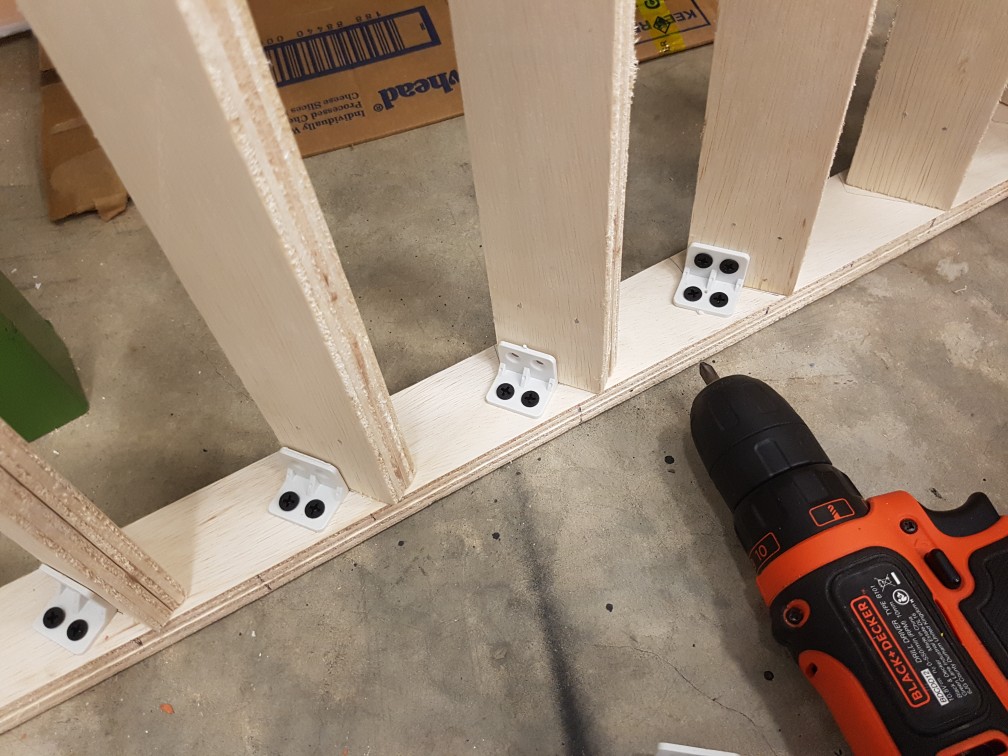
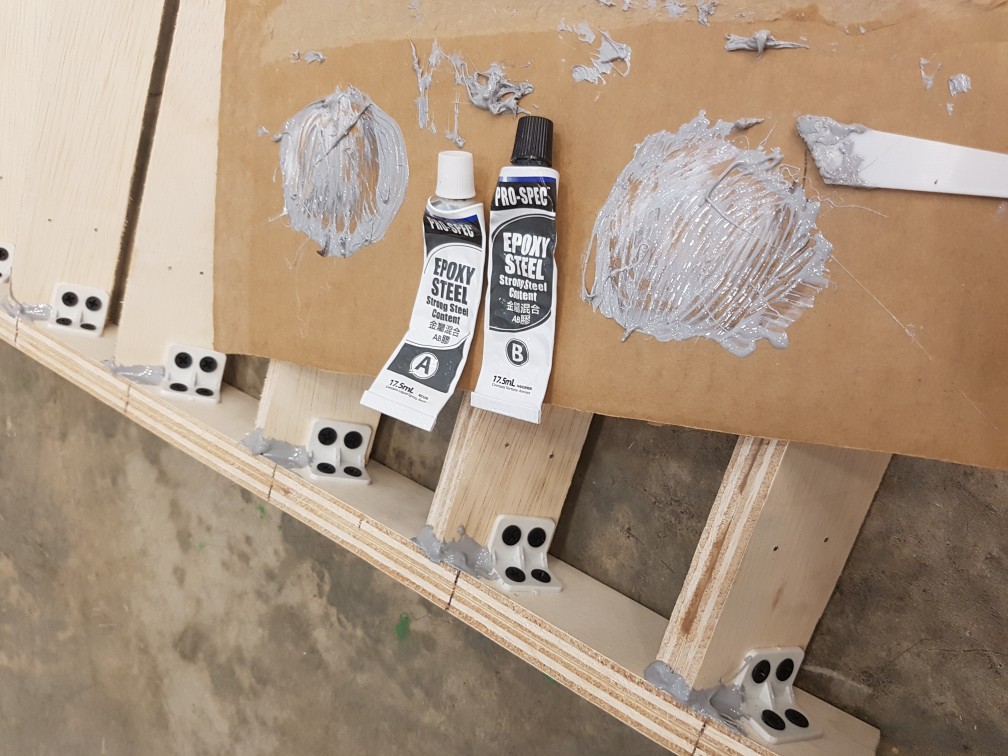
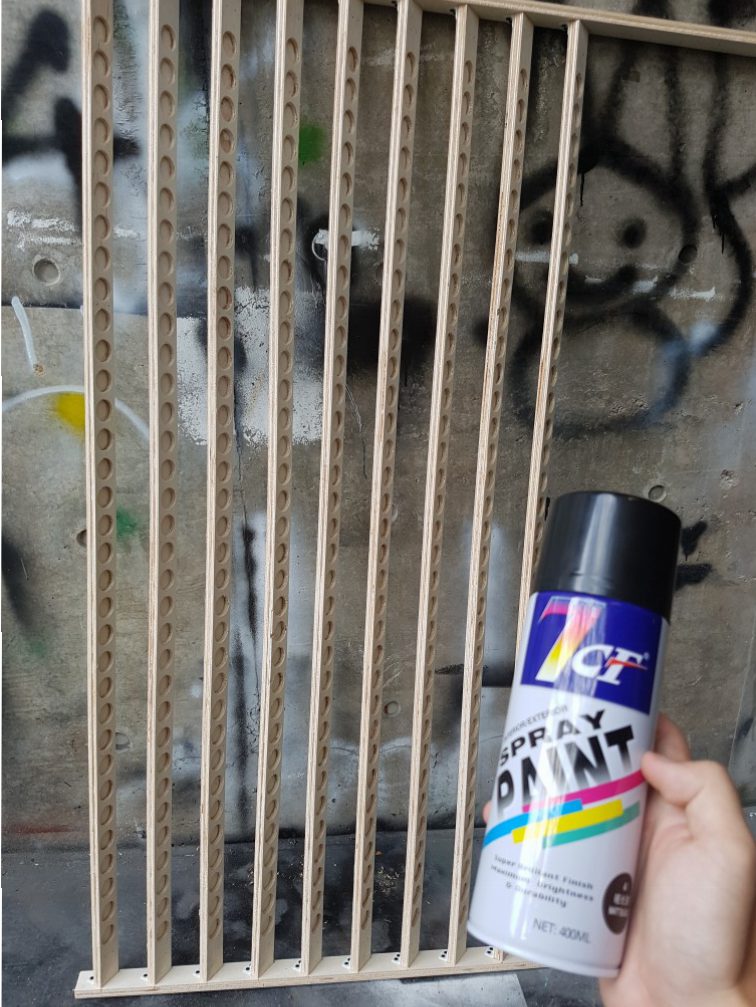
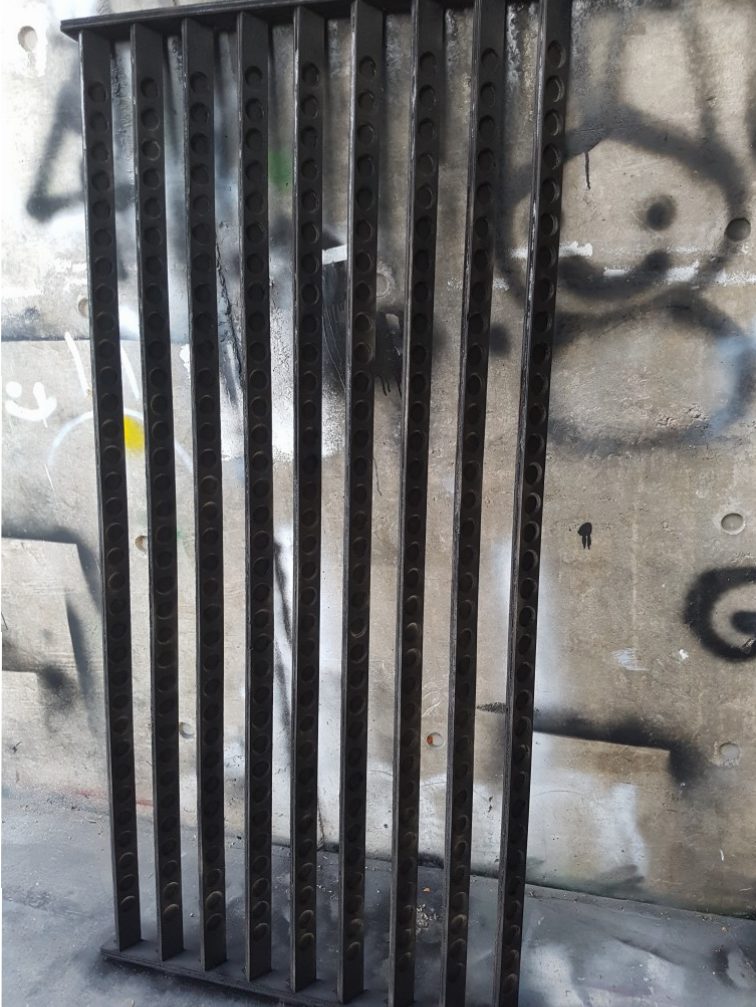
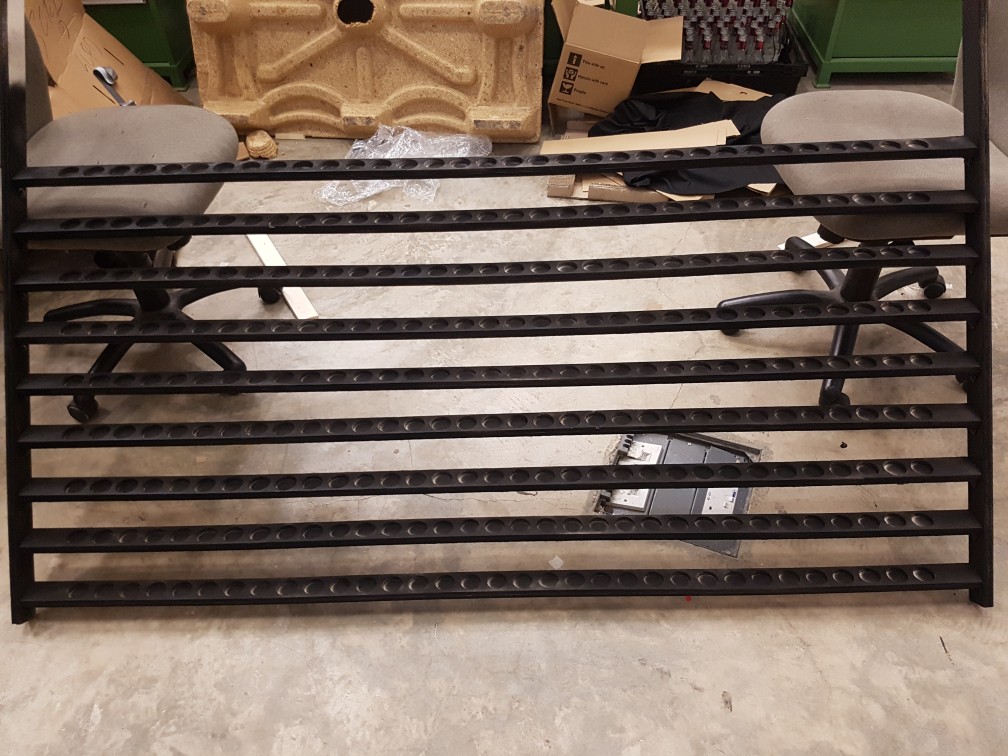
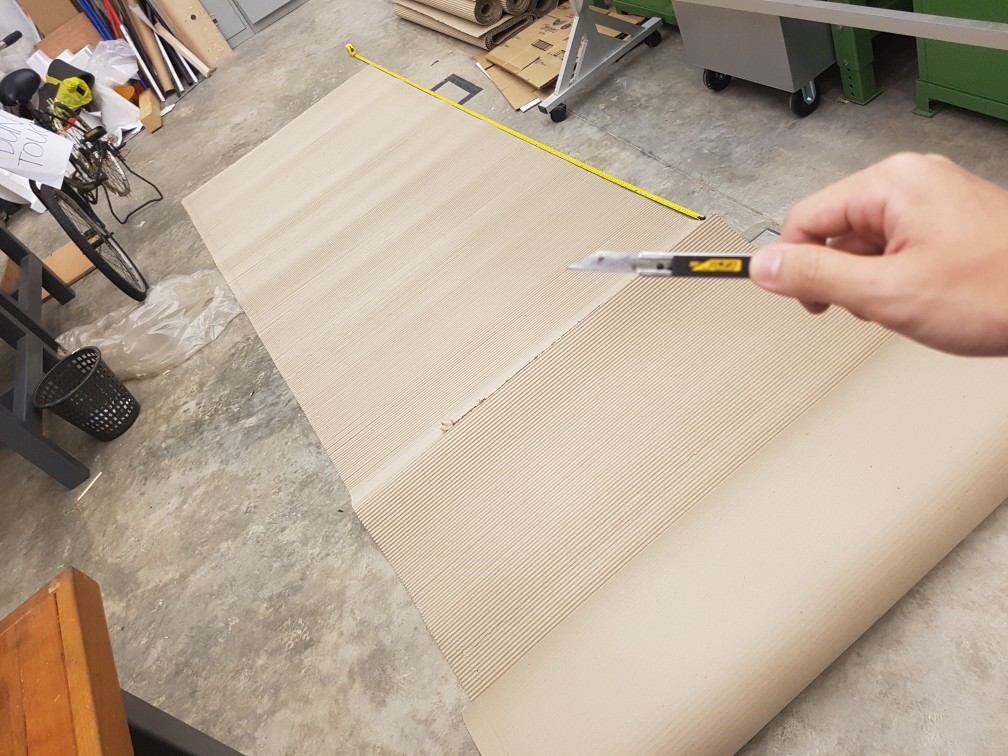

 Painting the 8 piece of cardboard roll with waterbased wall paint at 300X speed. the paint is rather expensive so only 2 piece were fully painted in black while the 6 rest were only somewhat black.
Painting the 8 piece of cardboard roll with waterbased wall paint at 300X speed. the paint is rather expensive so only 2 piece were fully painted in black while the 6 rest were only somewhat black.